When dealing with the playbacks of video clips out with processing it can become tedious and time consuming cutting manually and although we receive a smooth polished outcome - it takes a lot of time.
Paul suggested parsing SRT files to me and although I had next to no knowledge on this and how to use processing to do so I was very interested in the outcomes it would allow me to create.
An SRT file (otherwise known as a SubRip Subtitle file) is a plain-text file that contains critical information regarding subtitles, including the start and end timecodes of your text to ensure your subtitles match your audio, and the sequential number of subtitles.
So it makes sense that with the right code this could be a very powerful tool!


MUBI Remix is an app created by MUBI that allows you to type a message (maximum 66 characters) and it will create a video with a mashup of different film clips saying out your message.
It's a very interesting and fun application that a lot of time and effort has gone into gathering a catalog of all these clips. It gives some interesting outcomes too.
24 Hour Psycho is an art instillation by Douglas Gordon. The work consists only of Hitchcock’s 1960 Psycho slowed down to roughly 2 frames per minute rather than the standard 24 frames. The work centres around time and space and the idea of expanded cinema going beyond usual technology and production. It breaks the mould and allows viewers to experience something they already know in a completely different format. The instillation is void of meaning and impact that Psycho contains. Gordon’s intention is to remove the immediate tension in the scenes by stretching the film in length. The viewer is now left to experience the imagery in front of them and not what’s to come.
“The separation between the subjective and the objective is weakened by the replacement of the optical situation by the motor situation. There is an indeterminable, more lax game, focused on daydreaming which generates a kind of oniric relationship, in which the released senses can establish their own relationships. In this operation the viewer leaves the interpreter figure and takes possession of a significant number of images to construct its own translation; what Jacques Rancière has called “emancipated spectator”.” - https://dergreif-online.de/artist-blog/douglas-gordons-temporary-alterations-on-24-hour-psycho/
I find work which appropriates another piece of art of film a very interesting approach and enjoy the outcomes of altering these moments. The idea that slowing down or speeding up or rotating or shrinking can bring to an already recognised work of art can lead to very interesting concepts and does what sci-fi does - proposes questions to the audience.
The video above by Vsauce discusses our perception of time and how this changes depending on our situations. He discusses different kinds of time illusions and why these might occur to us. I found this interesting in regard to the idea of film. The events of a film take place in a linear order.
Ab ovo syndrome (ab ovo means from the very beginning) is the idea that the movie of the universe began when you began. That everything before was backstory and everything after is just sequels and this chronocentric illusion that we are the protagonists of everything around us.
There is something interesting to be explored in our relationship with time alongside a films depiction of time. How do we insert ourselves into this sphere of fictional reality. I think a-lot of this relates back to Christian Marclay's The Clock on how the films relationship with the audience effects our perception of time.
Paul kindly gave me access to a processing sketch for parsing SRT files. The code allowed the subtitles to run alongside the film at the correct time. It was really handy as it already contained the timecode maths that is pretty complex and tedious to wrap your head around.
When it came to editing Paul's original code and beginning the process of editing and jumbling these film clips I didn't really know where to begin.
I wanted to achieve a sketch that gave us selected snippets of a film by using a buzzword to search for.
I'm interested in changing narratives and confusing the viewer. Questioning the themes and the conversations within well known films.
My first step was using the match function which i'd never came across before. It took a lot of trial and error but eventually I got it to do something!!
I think I was trying to dive in too quickly when really I should have just been breaking it down into smaller sections and adding to the code as I went.
Eventually this was my outcome. First clip plays at 18 seconds.
This code plays every clip with the buzzword "science" and when the word doesn't show up it just shows a black screen.
This was an interesting outcome and I considered leaving it here but I wanted to create something that ran through with no pauses.
This is where I ran into even more problems as the mov.jump function was becoming out of sync with the timecode of the subtitles and eventually would stop working.
After this I arranged a tutorial with Paul where he kindly gave me another part of code in which did all the hard work for me. The hyperEdit parser is a great way to get outcomes quickly. By creating buzzwords the code runs through the SRT file, picks them out and creates a new place for them, then plays them. You are able to randomise the order or keep it linear to some extent.
Here I switched to using Blade Runner as a source as I wanted to begin the process meaning.
Blade Runner is a film bursting at the seams with symbolism and metaphors. Its philosophical streak is rich, its design is beautiful and it portrayal of relationships between characters questions our morals.
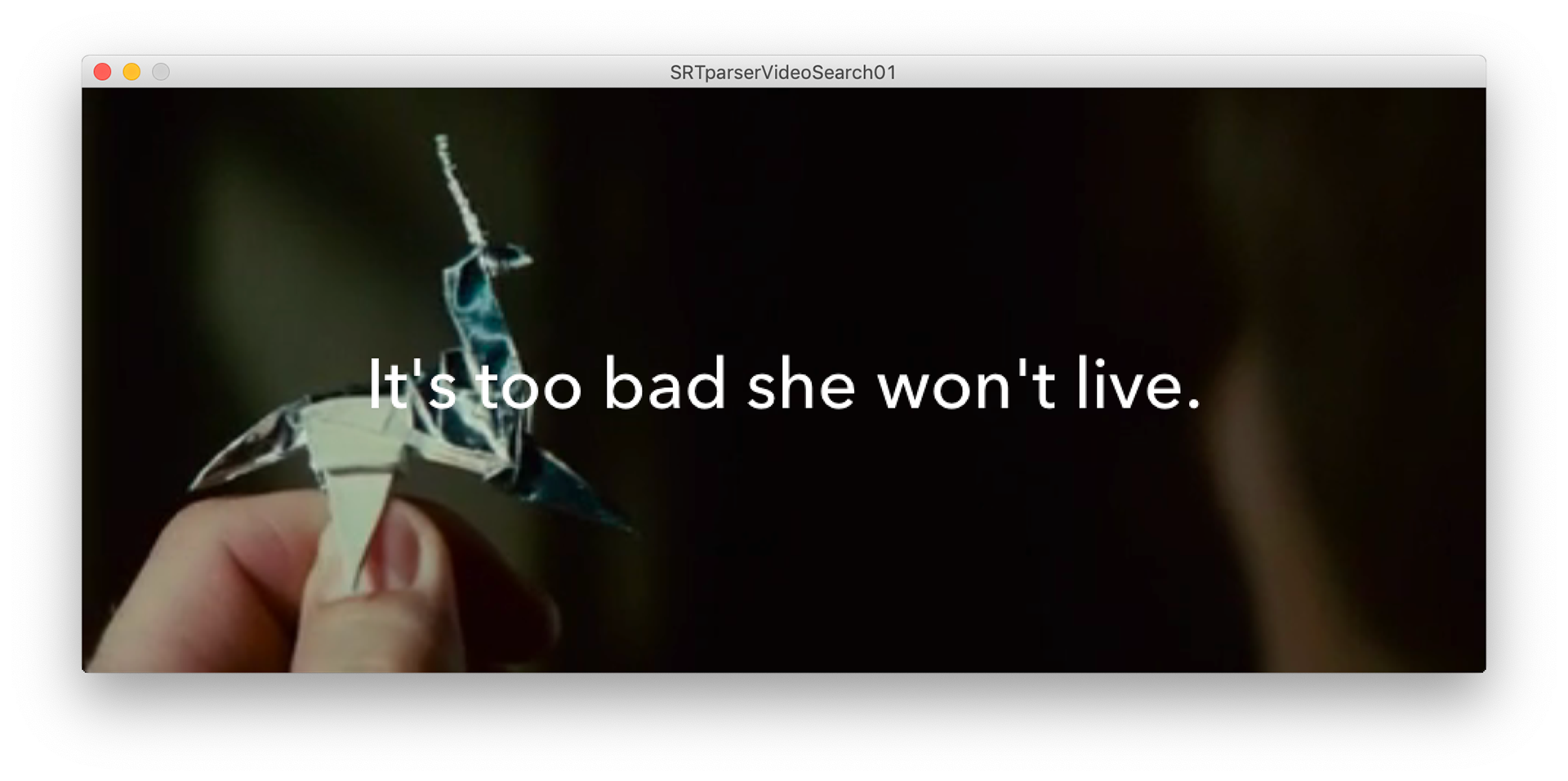
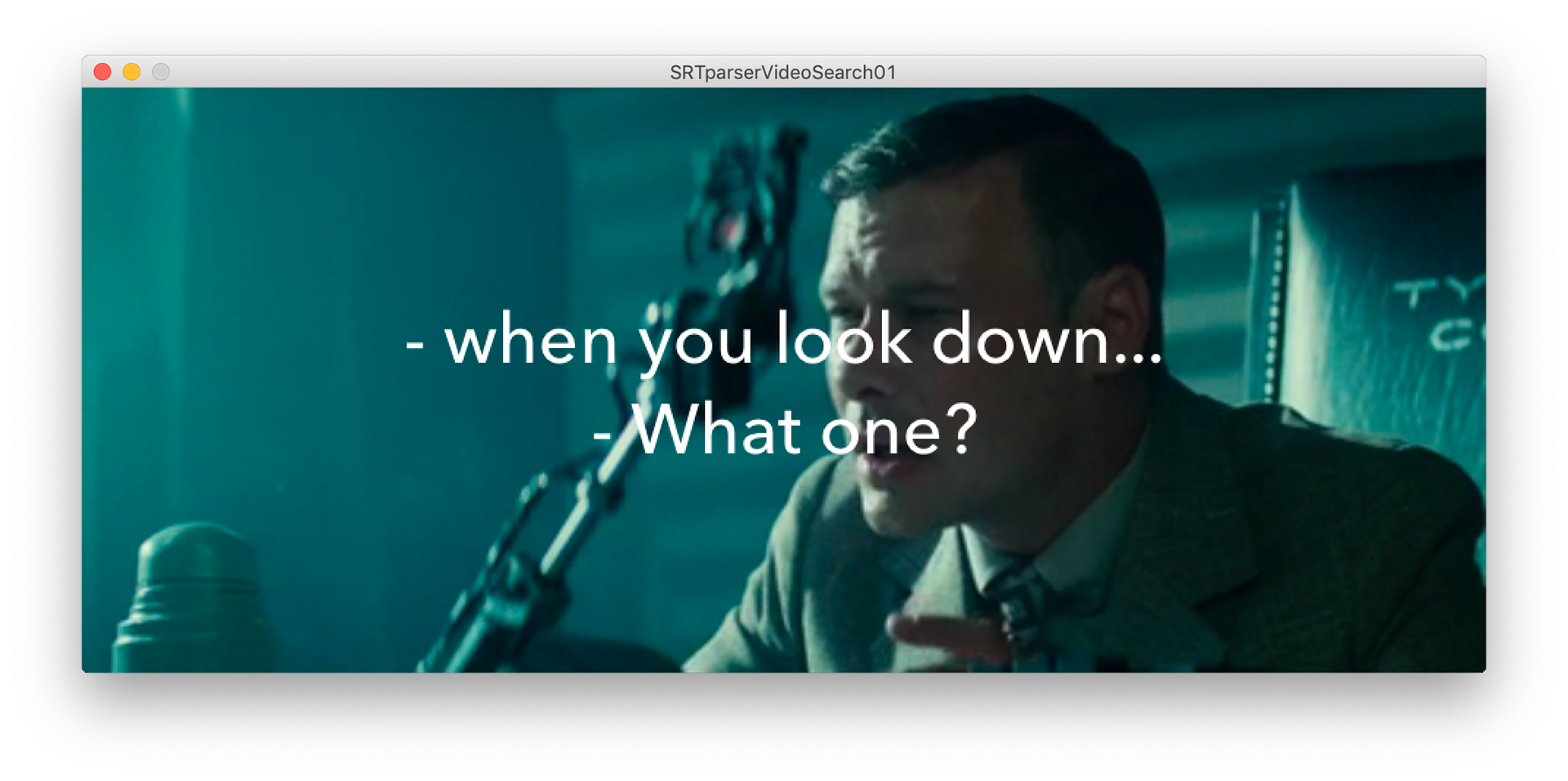


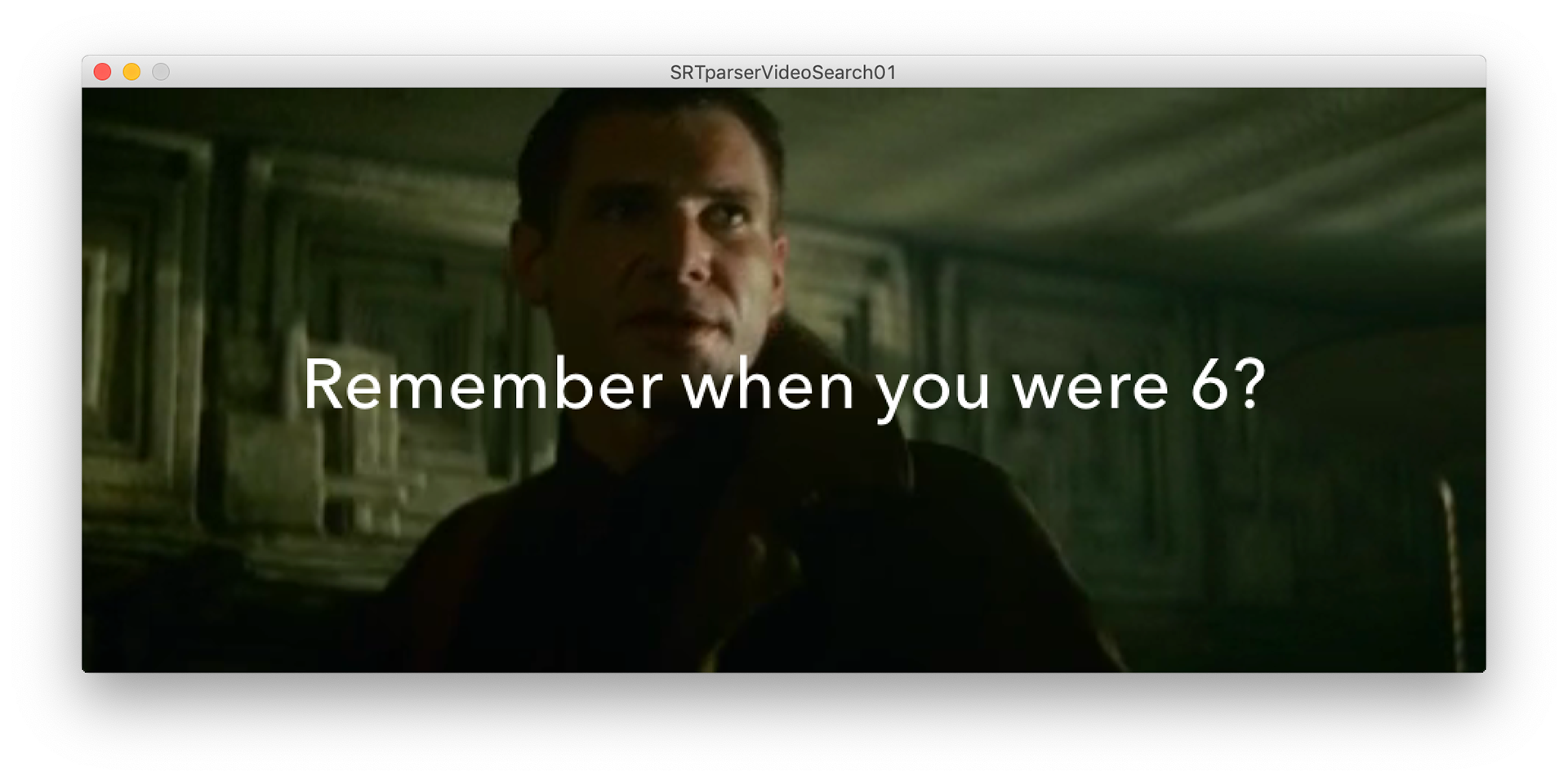
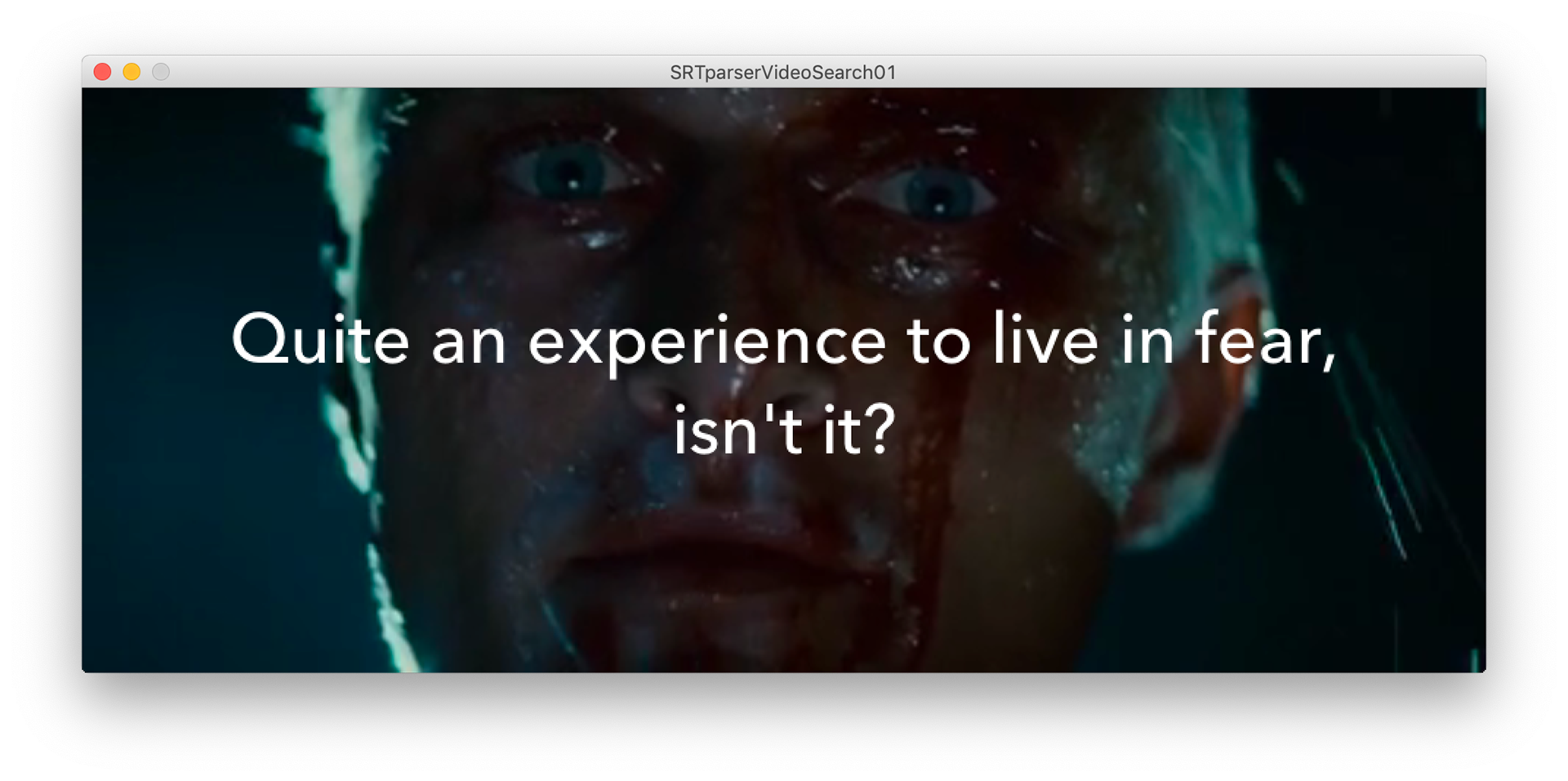
Typeset in the Future discusses the importance of Eurostile and how once you've noticed it you will never un-see it. Blade Runner uses it primarily on objects throughout the film, signs and cars.
I also changed the font to Eurostile as it plays an important part in sci-fi across the board.
Although at this point it's a cliche bu it's iconic and the leader of futuristic fonts.
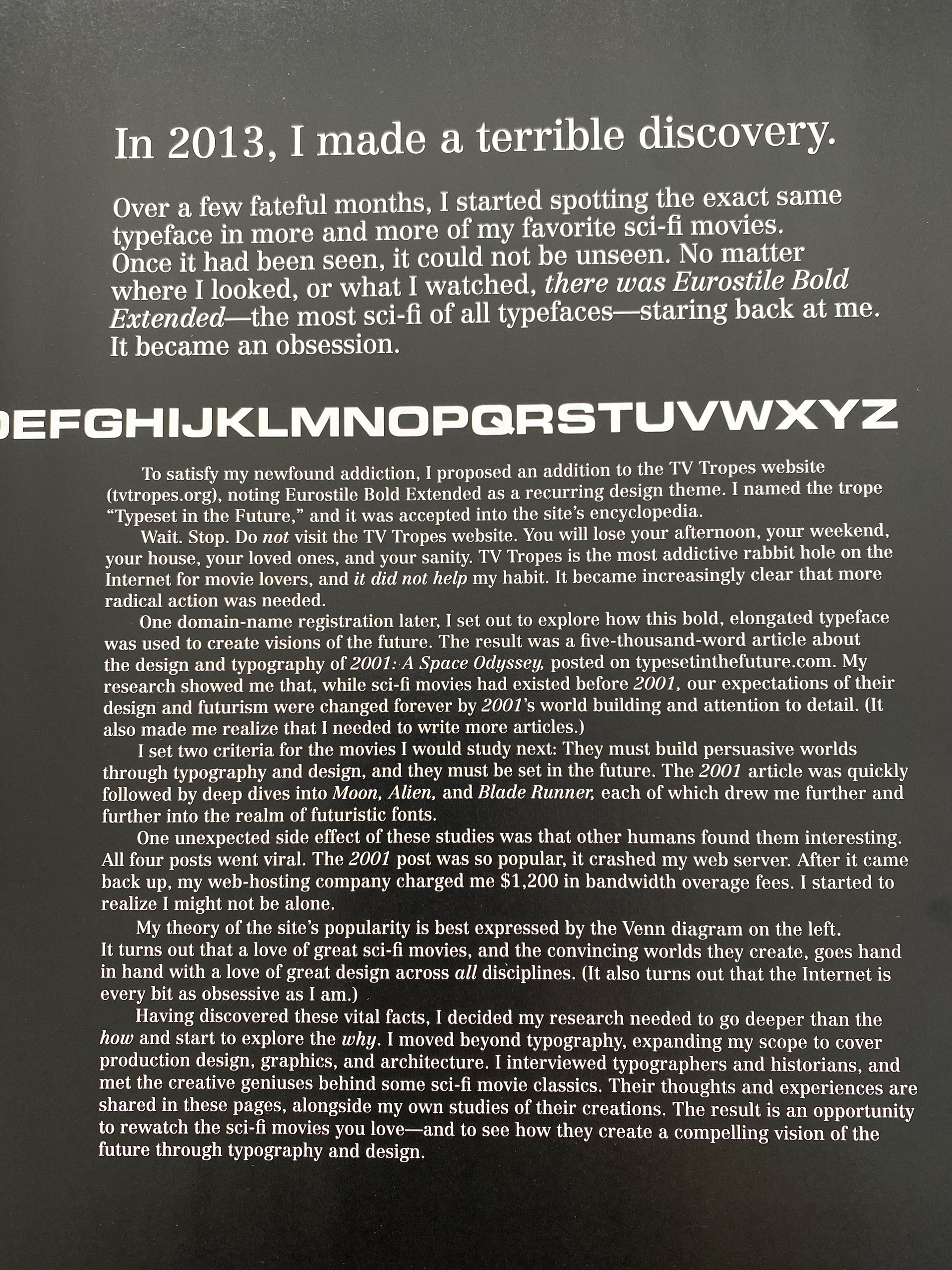
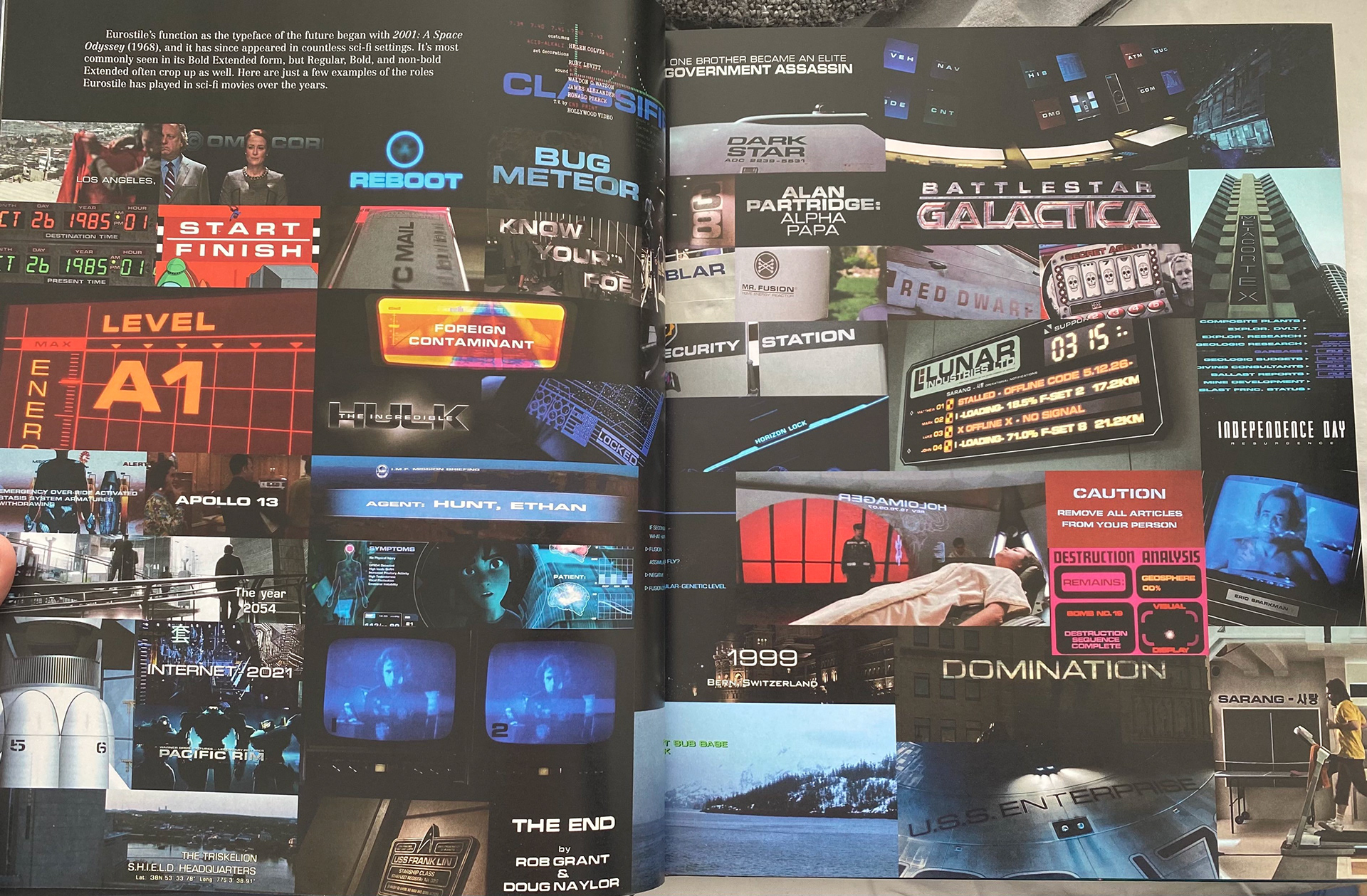
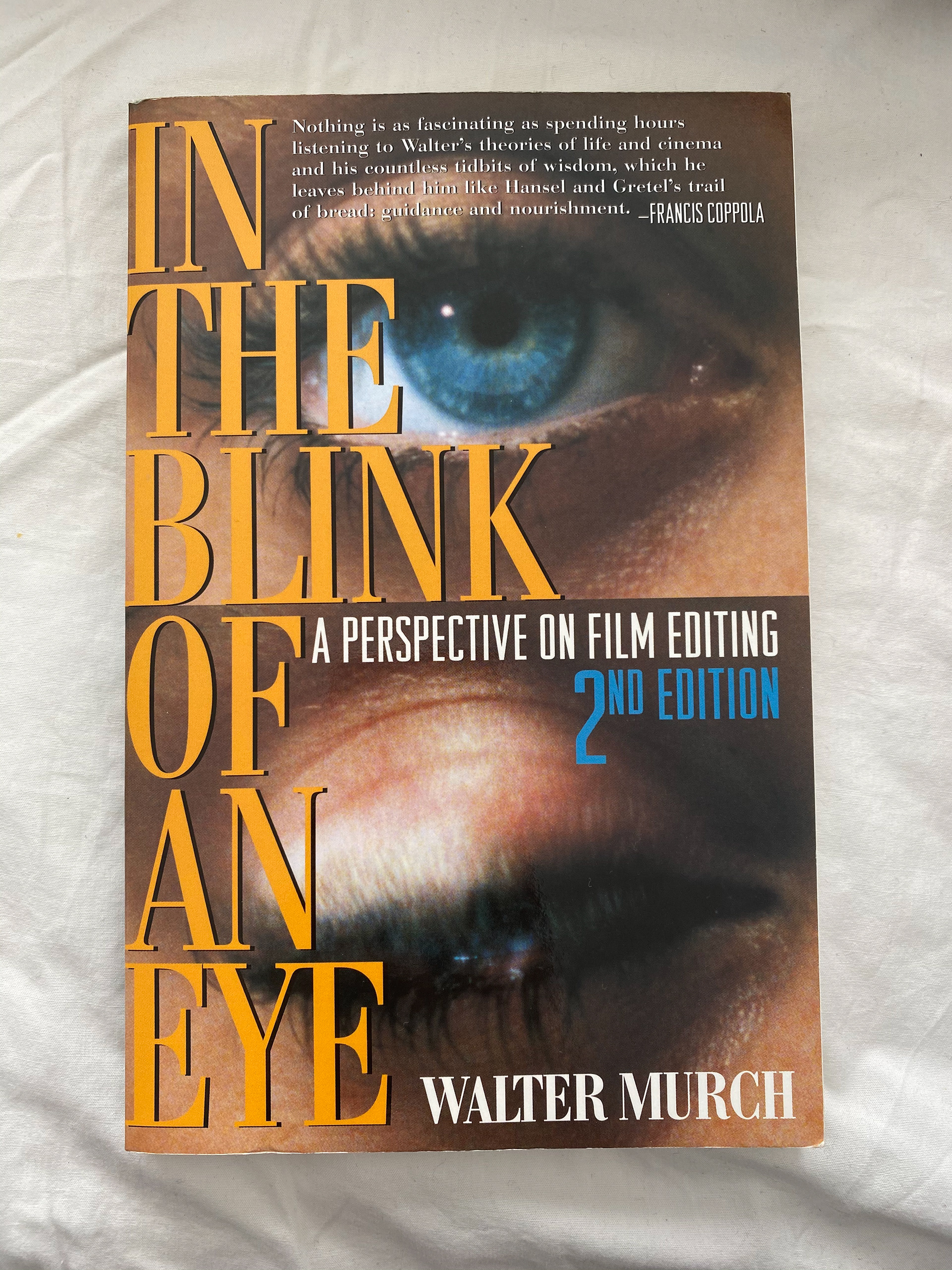
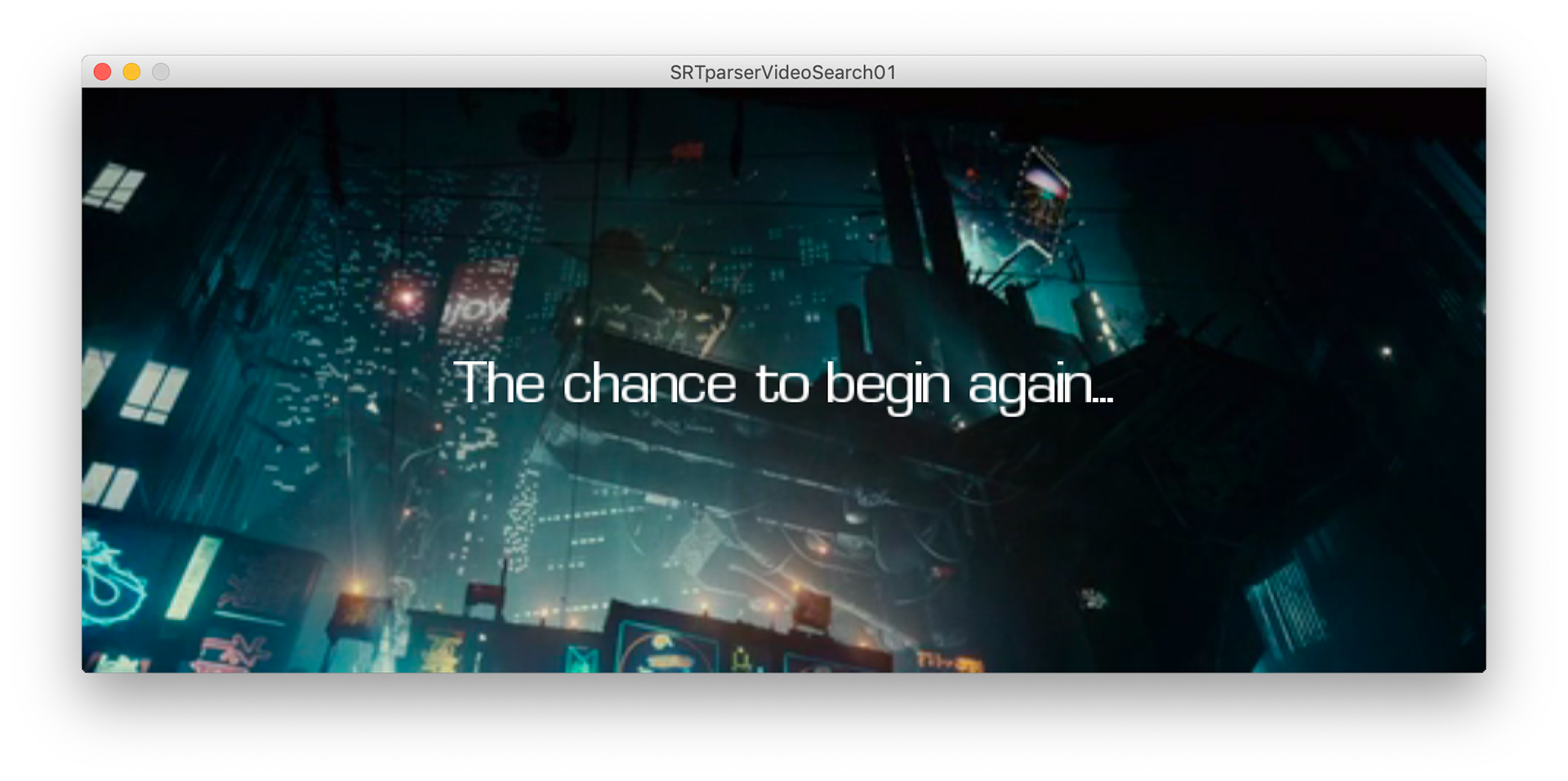

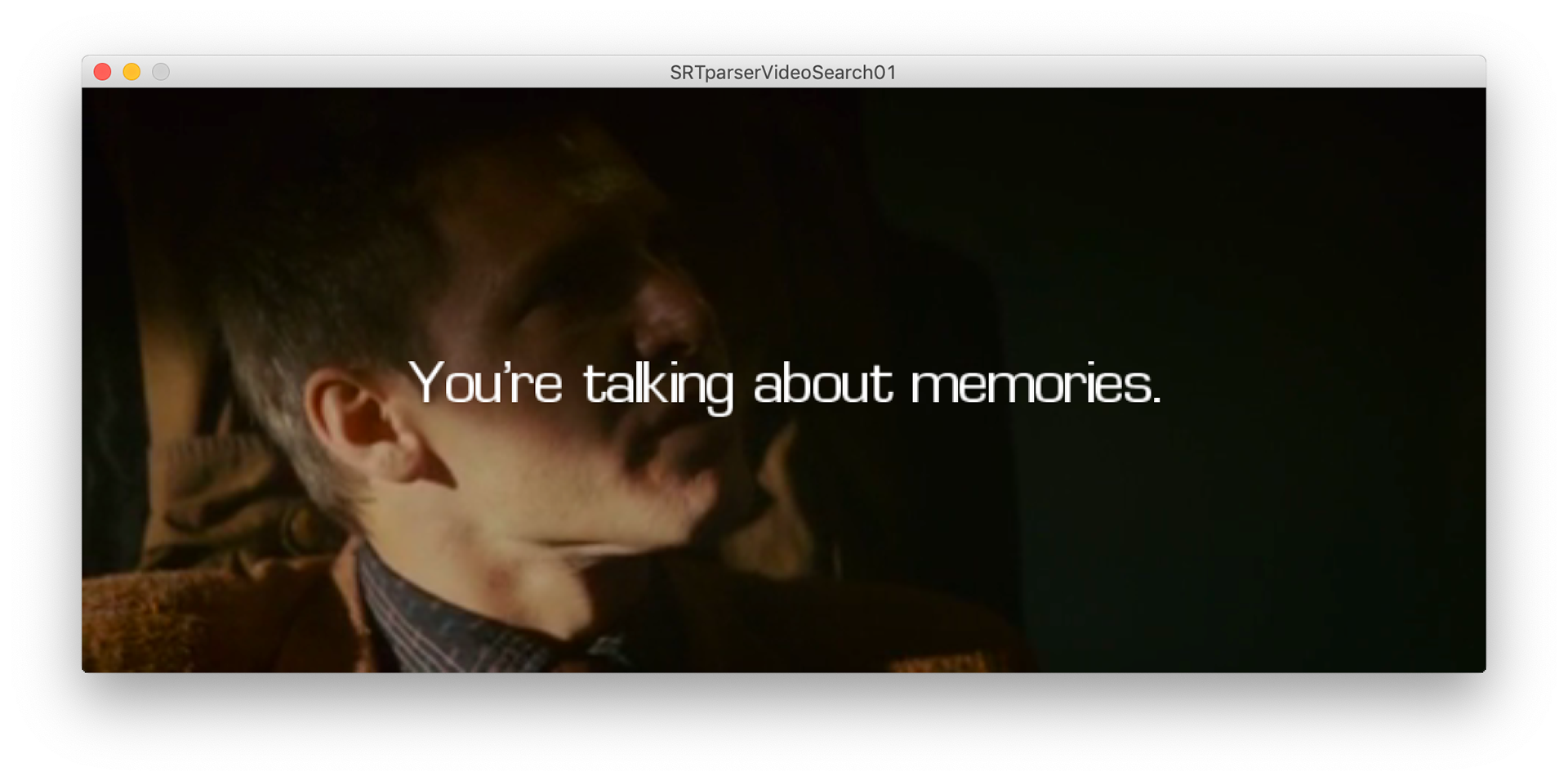

Blade Runner's intro and opening crawl is decidedly un-futuristic in its choice of font. Goudy Old Style as the choice gave a more traditional feel and fits well with the noir element of the films design. It utilises moody detective tropes of the 40s and 50s restyled into a futuristic setting.
the vertical typographic opening crawl contains capitals on important words which is not necessary but it does create an impact and importance to these words.
Blade Runner depicts a future whose distance from our world today has grown much smaller. It deals with the future implications of technology on our world, society and environment by using dramatic themes and film noir paired with some religious symbols. Set in a city that's devastated by pollution, overpopulation and industrialisation. In the film we gain a sense that there is a high sense of paranoia with the visual manifestation of corporate power, similar to Alien.
Blade runner asks the question of whether a synthetically constructed being deserves to be recognised as human. Throughout the film we are informed that "replicants" are not granted legal rights. This is a common theme throughout the sci-fi genre and similar questions are raised in other works such as Westworld and Her. "I think therefore I am" a well known quote by philosopher Rene Descartes. Measuring consciousness is complex and impossible and there is no defining test to convey consciousness in real life, the world of Blade Runner has such technologies used to differentiate humans from replicants by presenting questions to the test subject and studying their eyes.
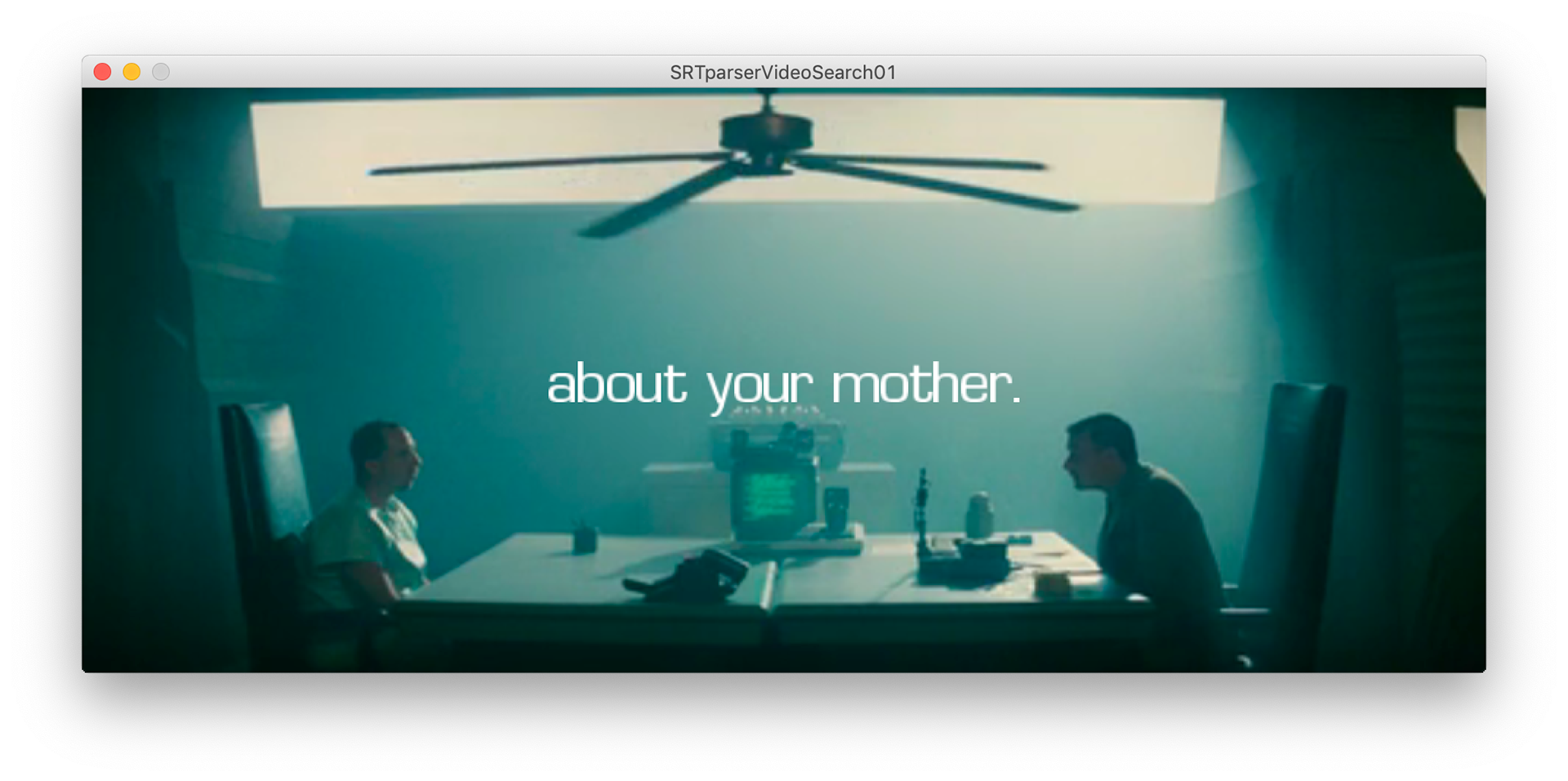

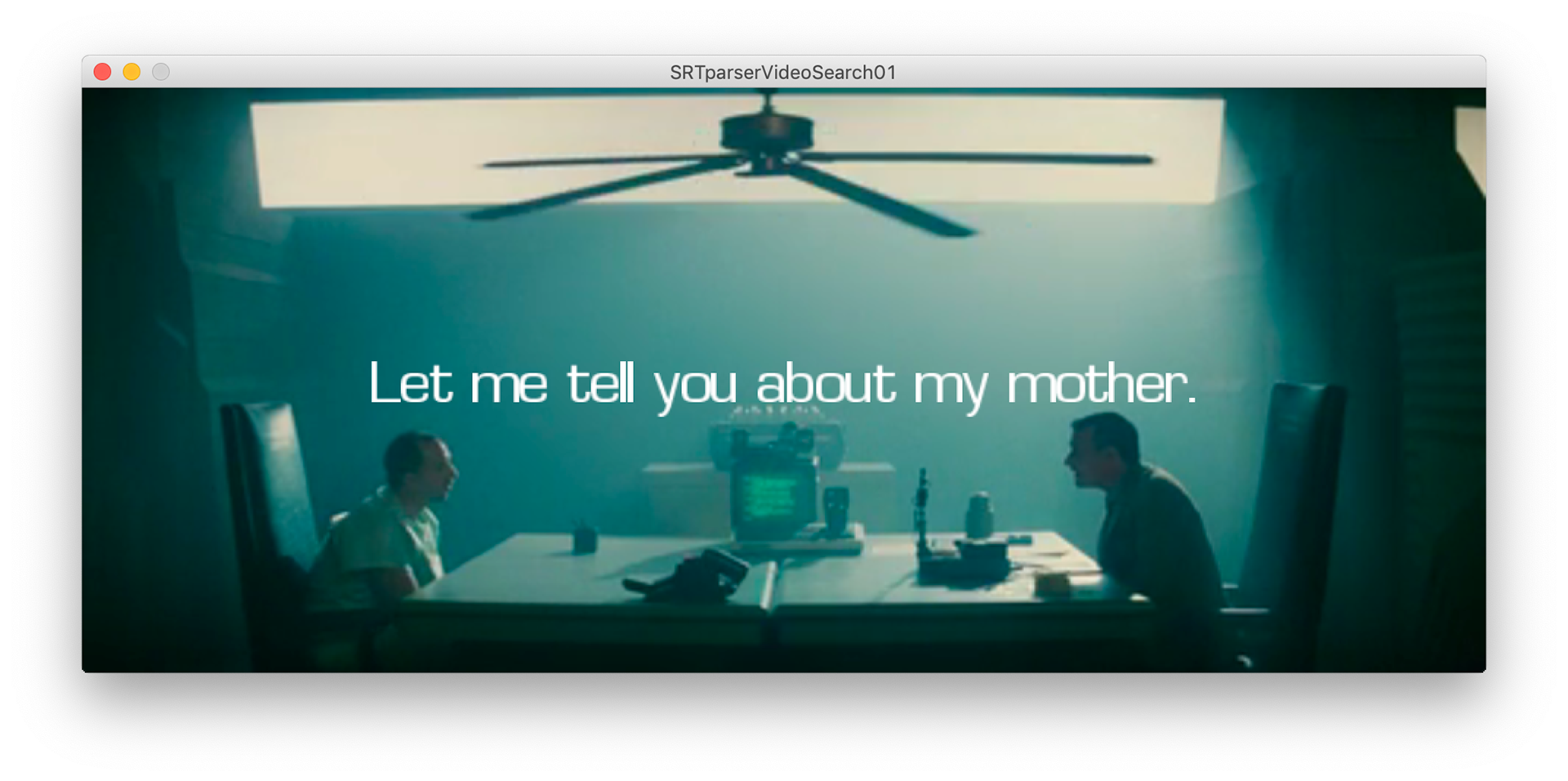
"How do I know that you (a fellow human) have feelings? I have no way of really knowing that. I just assume that because you are built up similarly to me and I know that I have emotions."
- Marcus Hutter
- Marcus Hutter
Blade Runner questions our reality and our ability to conceive it.
There is also a direct link between sight and memories. Memories are referenced throughout Blade Runner.
"I've seen things you people wouldn't believe"
However, just as prevalent is the concept that what the eyes see and the resulting memories are not to be trusted. This is a notion emphasised by Rachael's fabricated memories.
"I've seen things you people wouldn't believe"
However, just as prevalent is the concept that what the eyes see and the resulting memories are not to be trusted. This is a notion emphasised by Rachael's fabricated memories.
I began to consider this in non-linear terms. As replicants memories are no longer linear either. We are faced questioning our reality and our past. Outwith the world of Blade Runner it is common for us to fabricate and change memories and they alter over time. So what can we trust?
"that kickback you saw from the replicants' retinas was a bit of a design flaw. I was also trying to say that the eye is really the most important organ in the human body. It's like a two-way mirror; the eye doesn't only see a lot, the eye gives away a lot. A glowing human retina seemed one way of stating that".
- Ridley Scott
- Ridley Scott
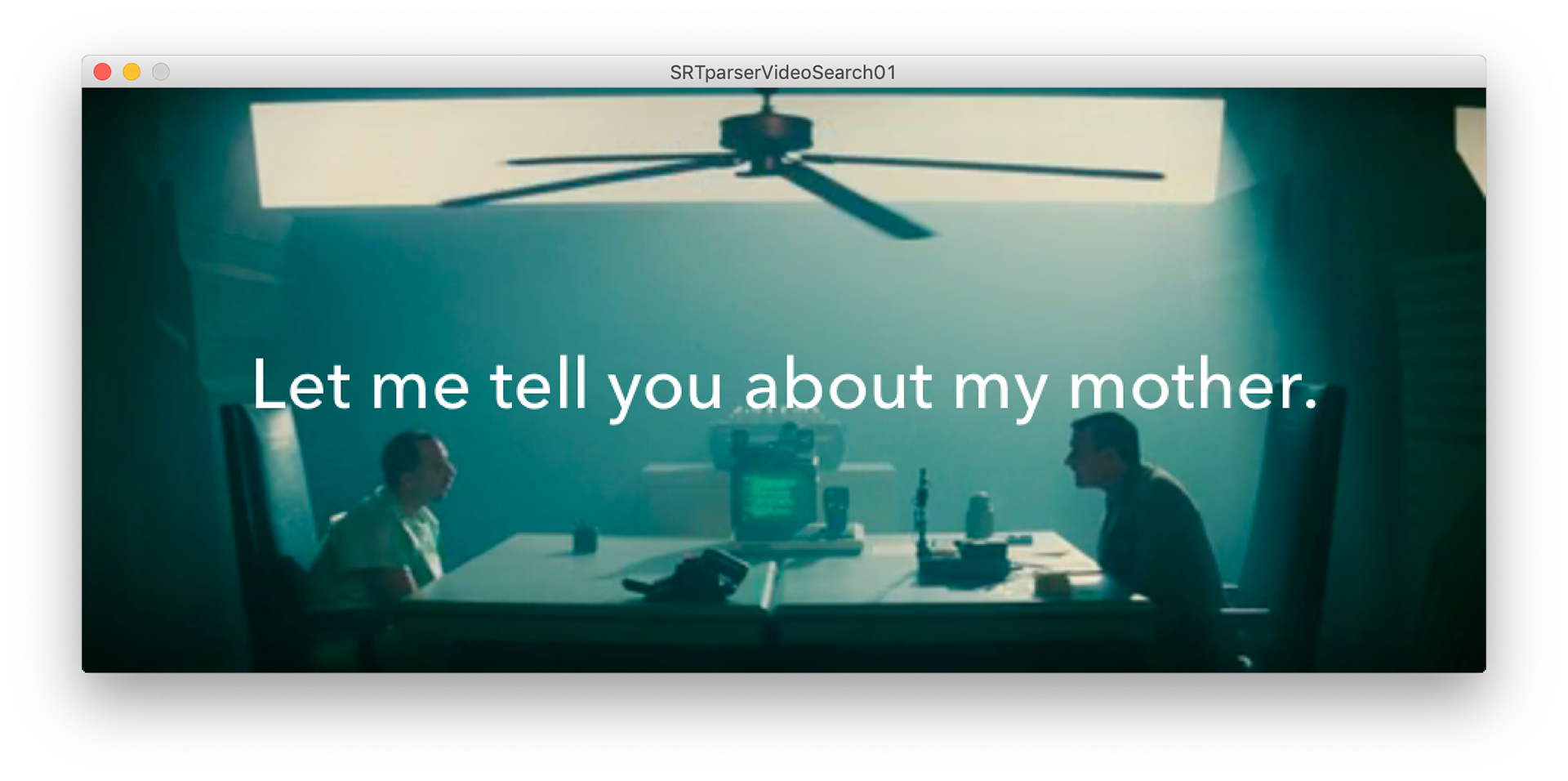
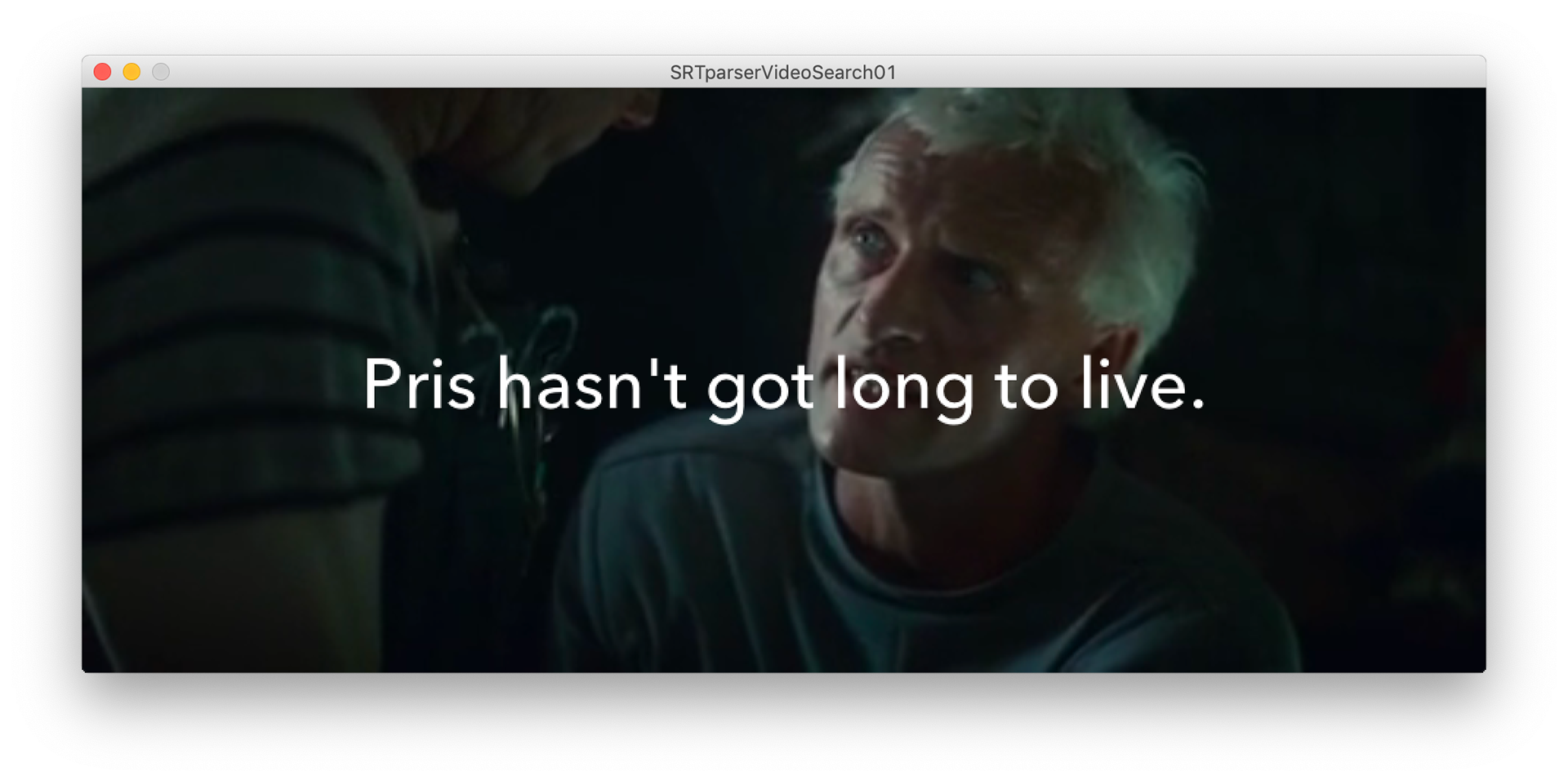

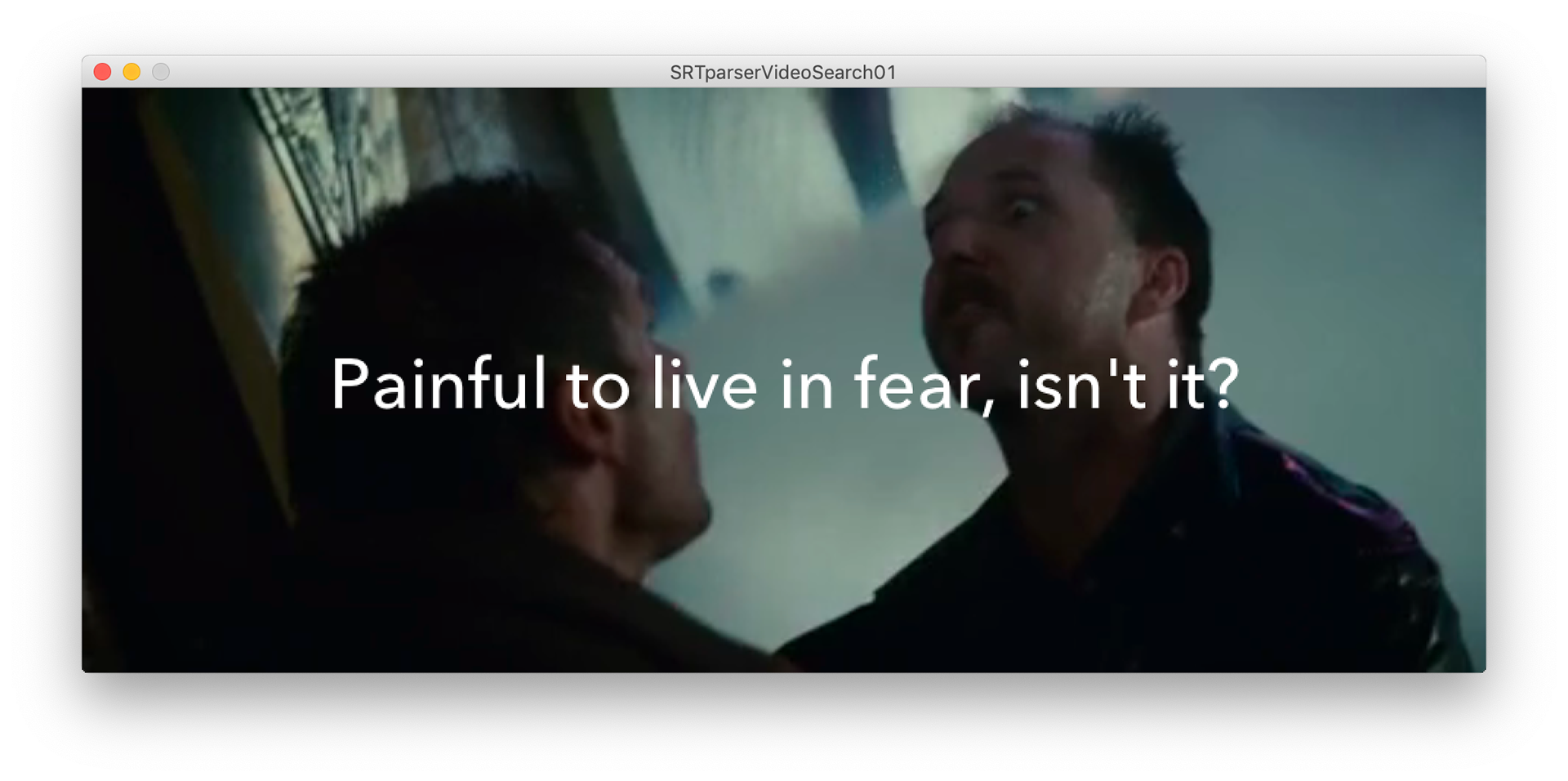

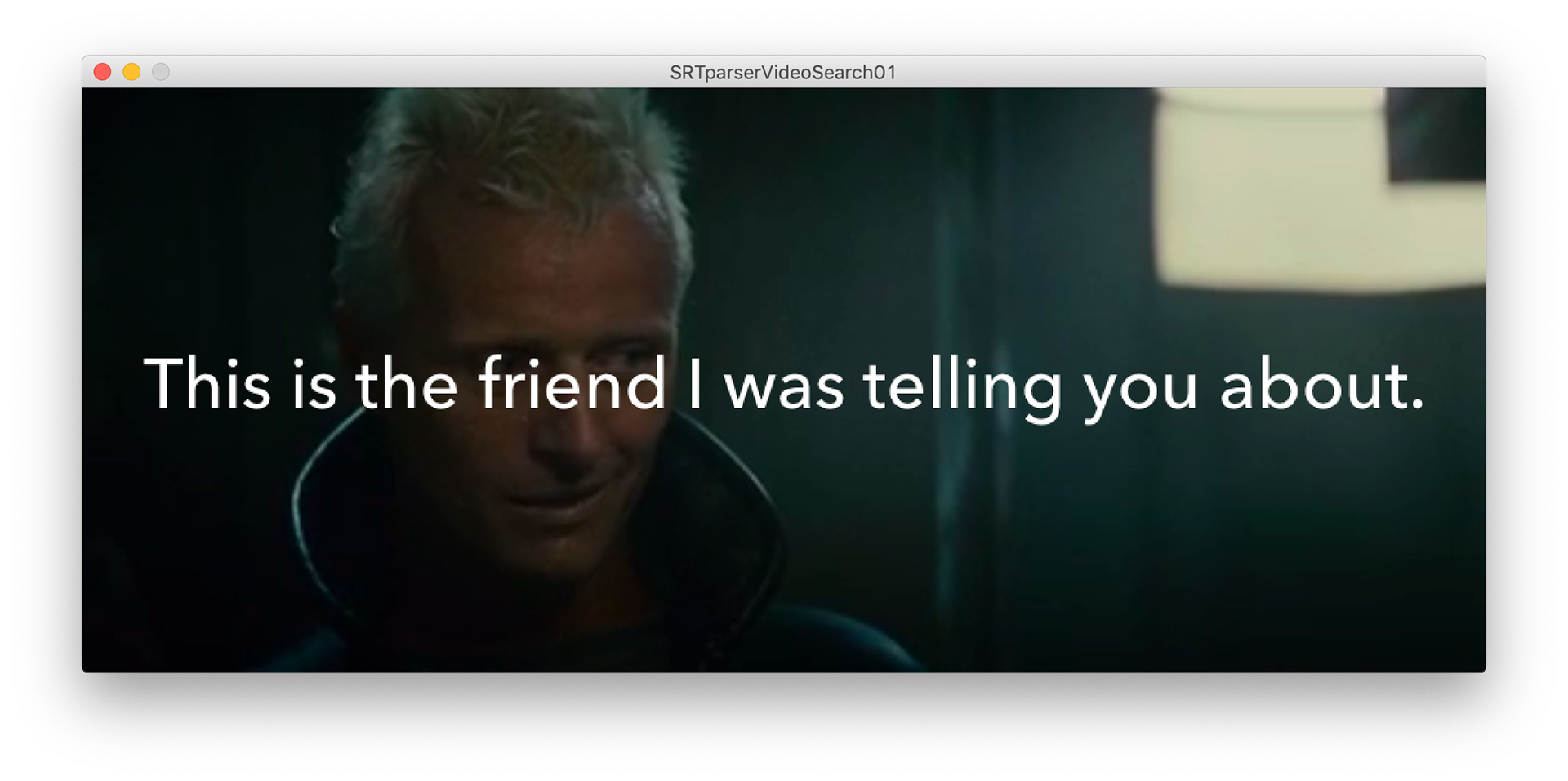
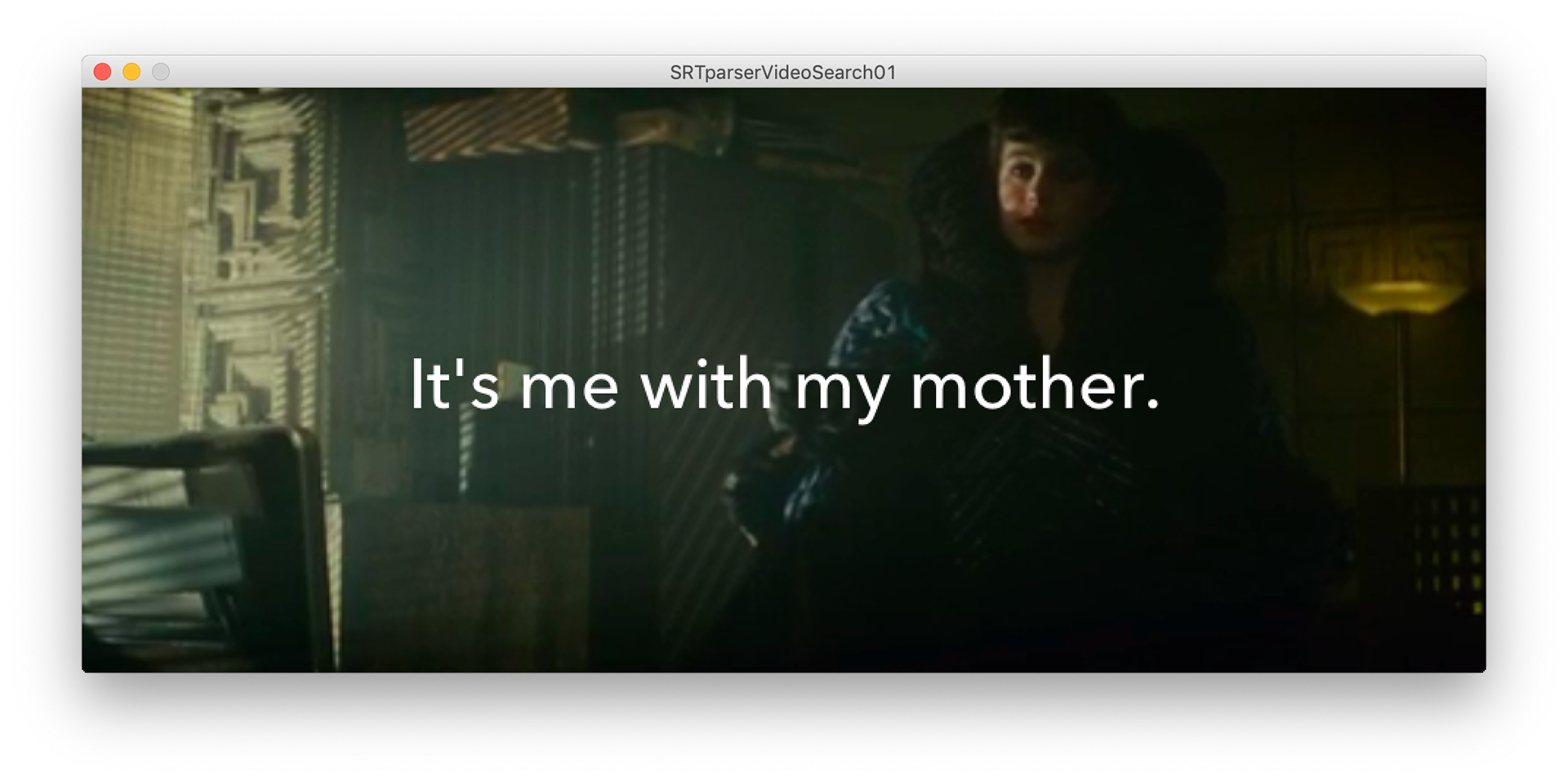
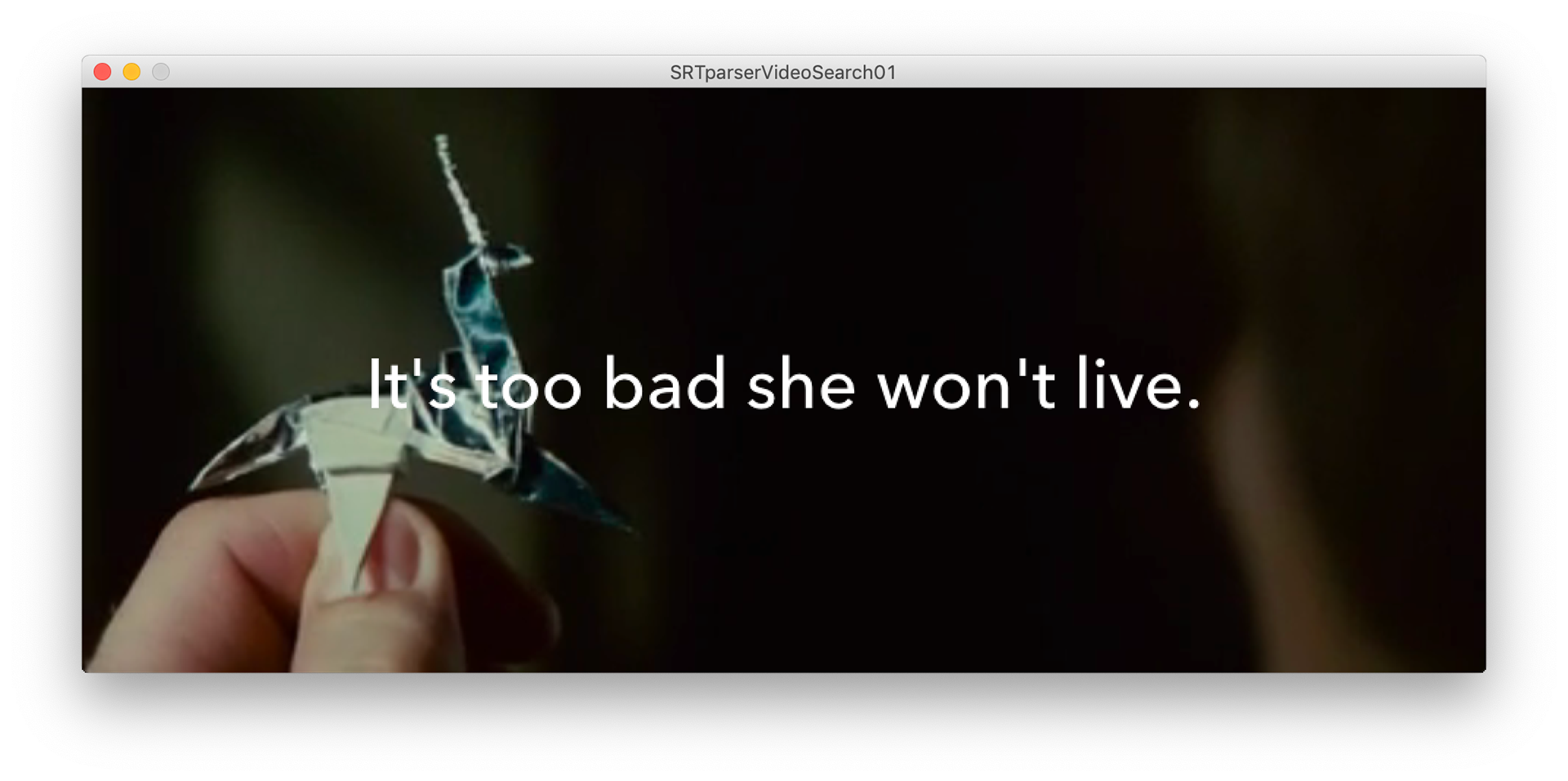
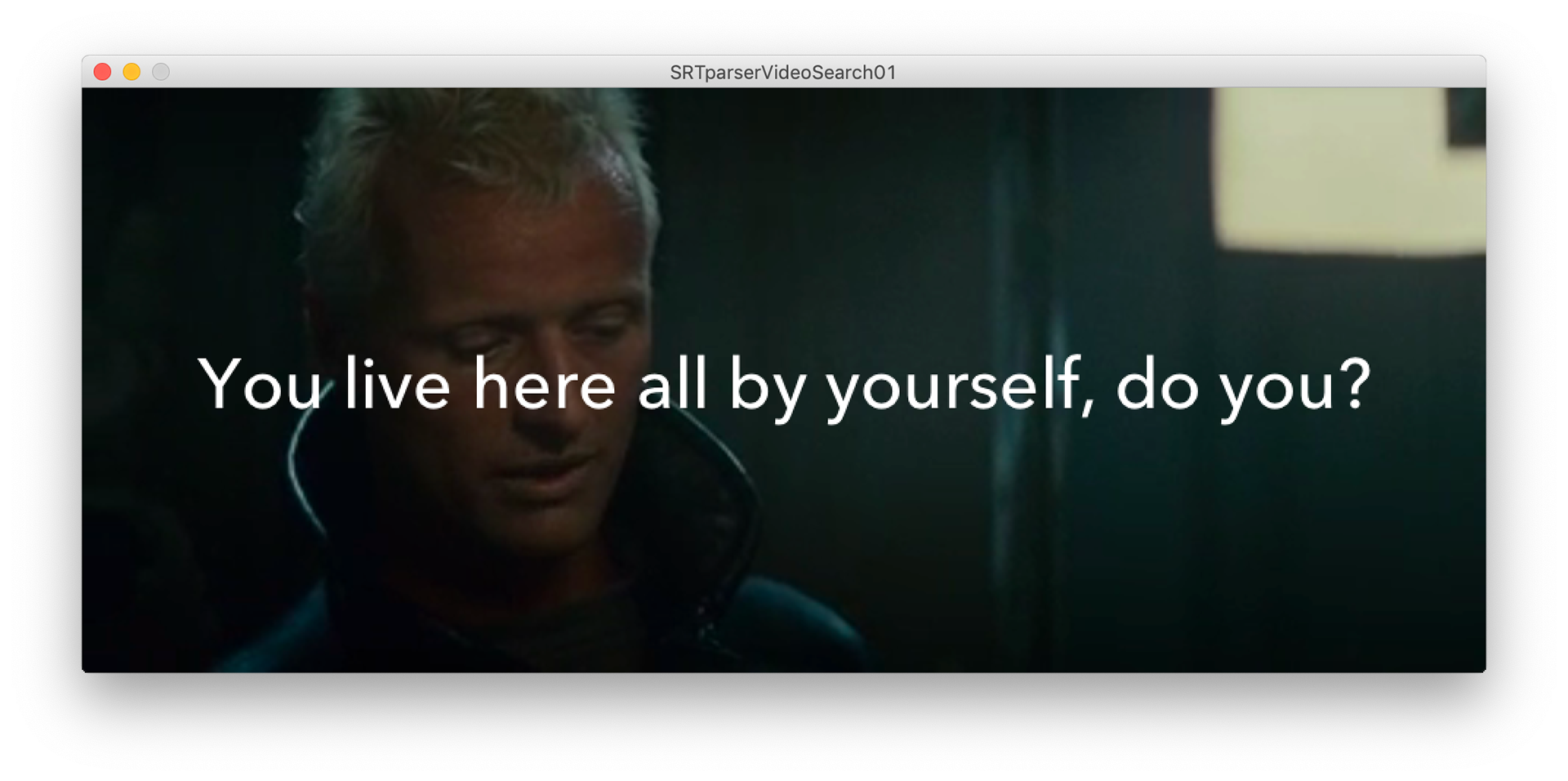

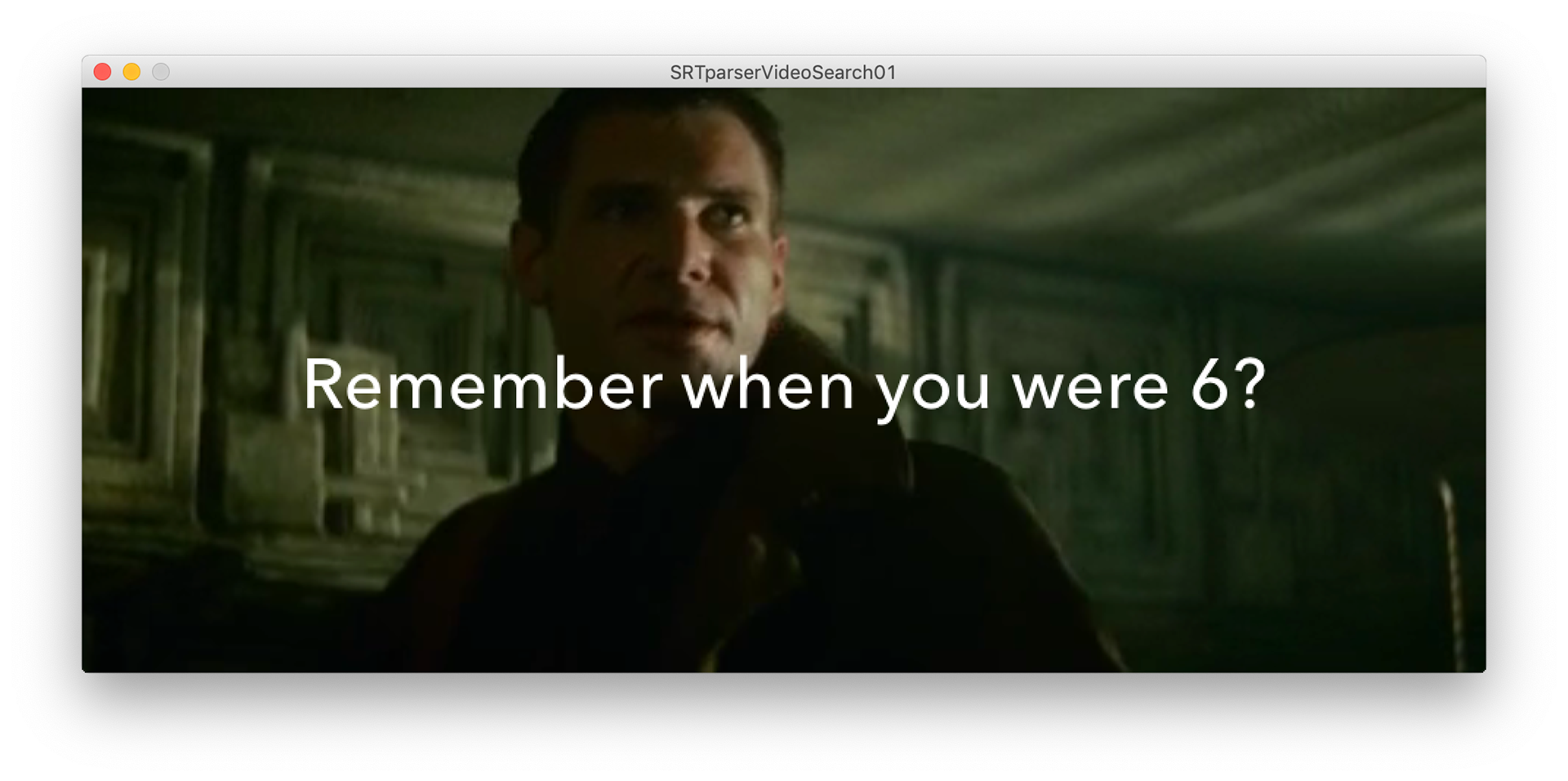
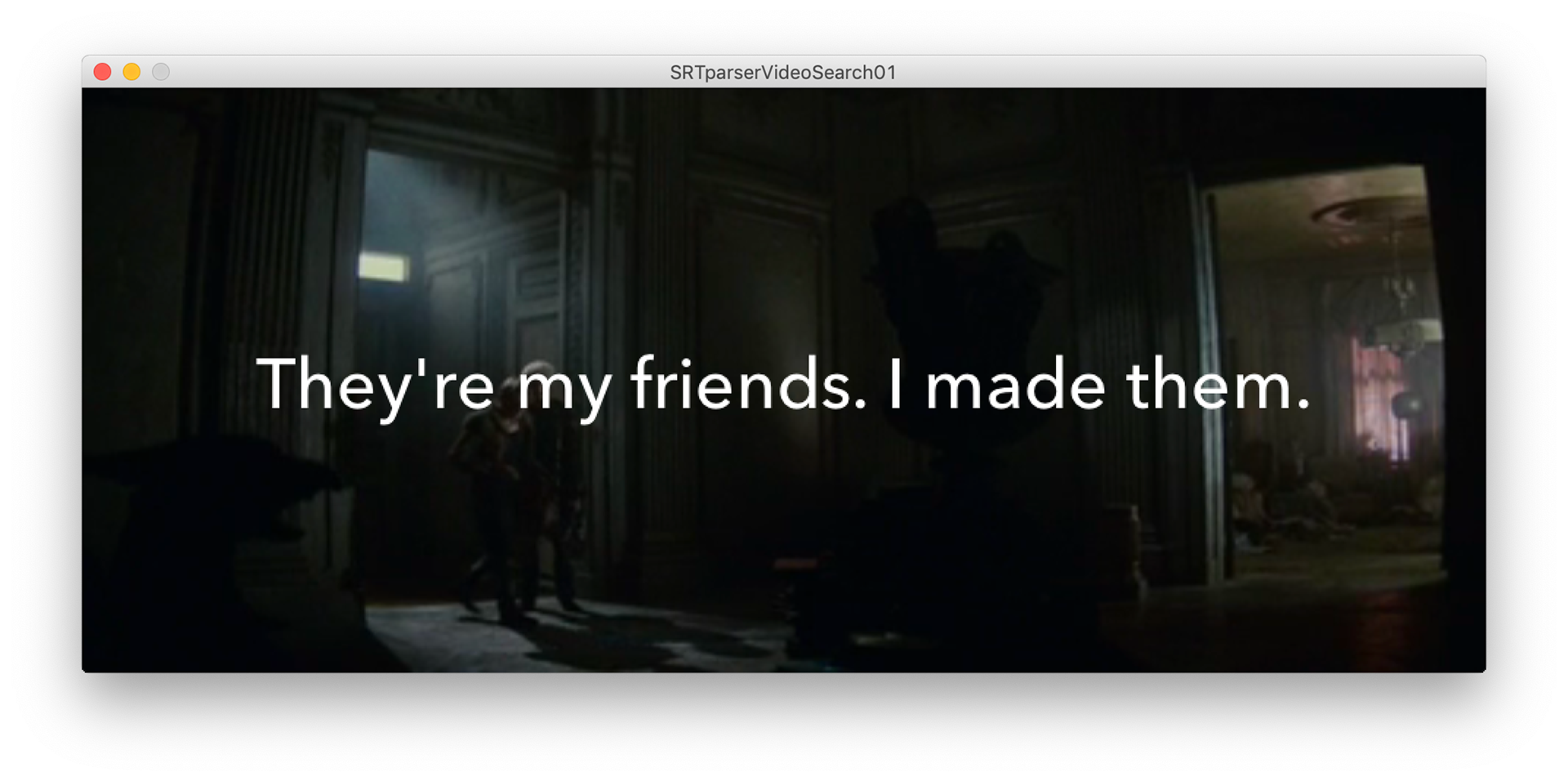
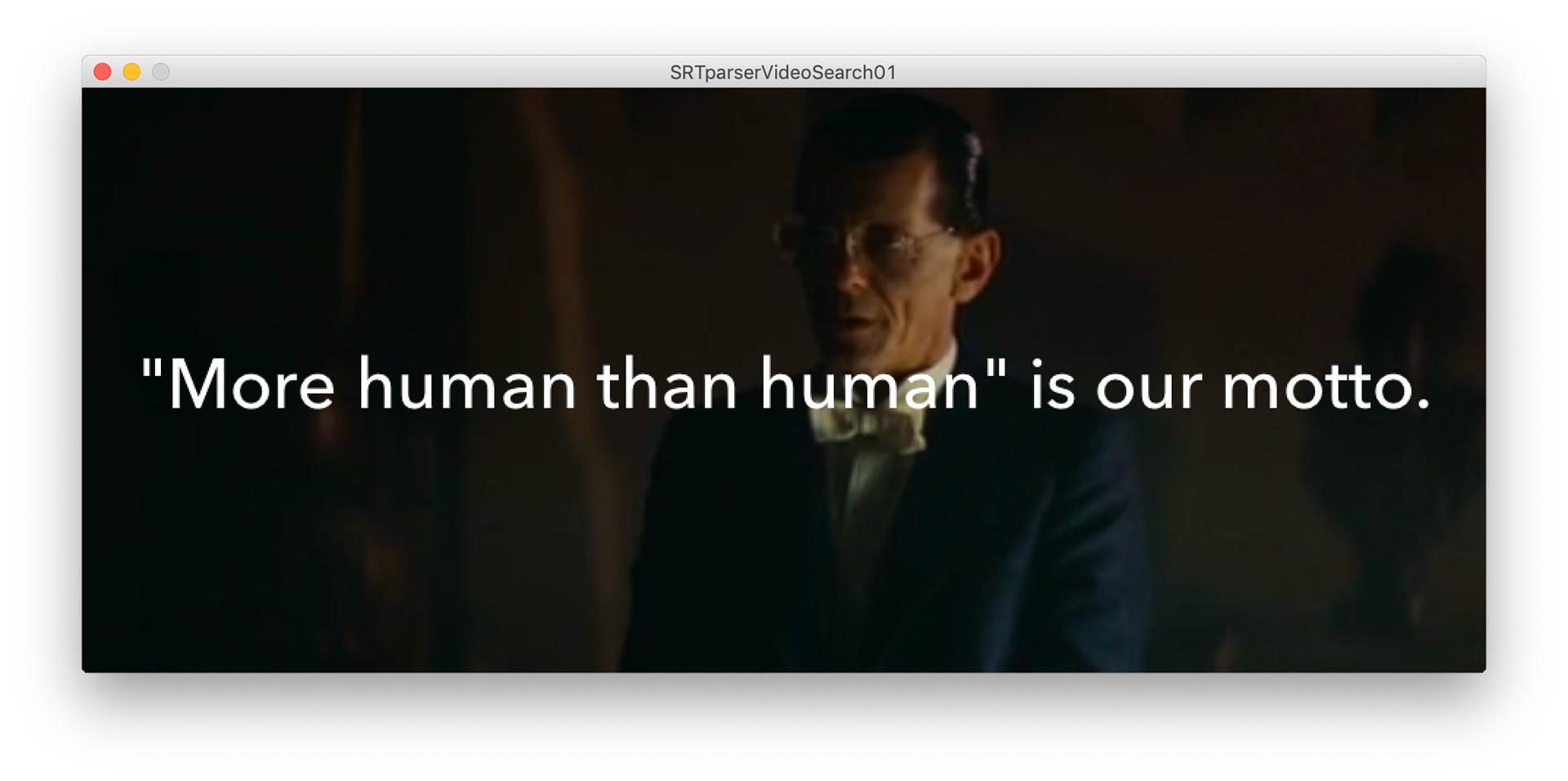
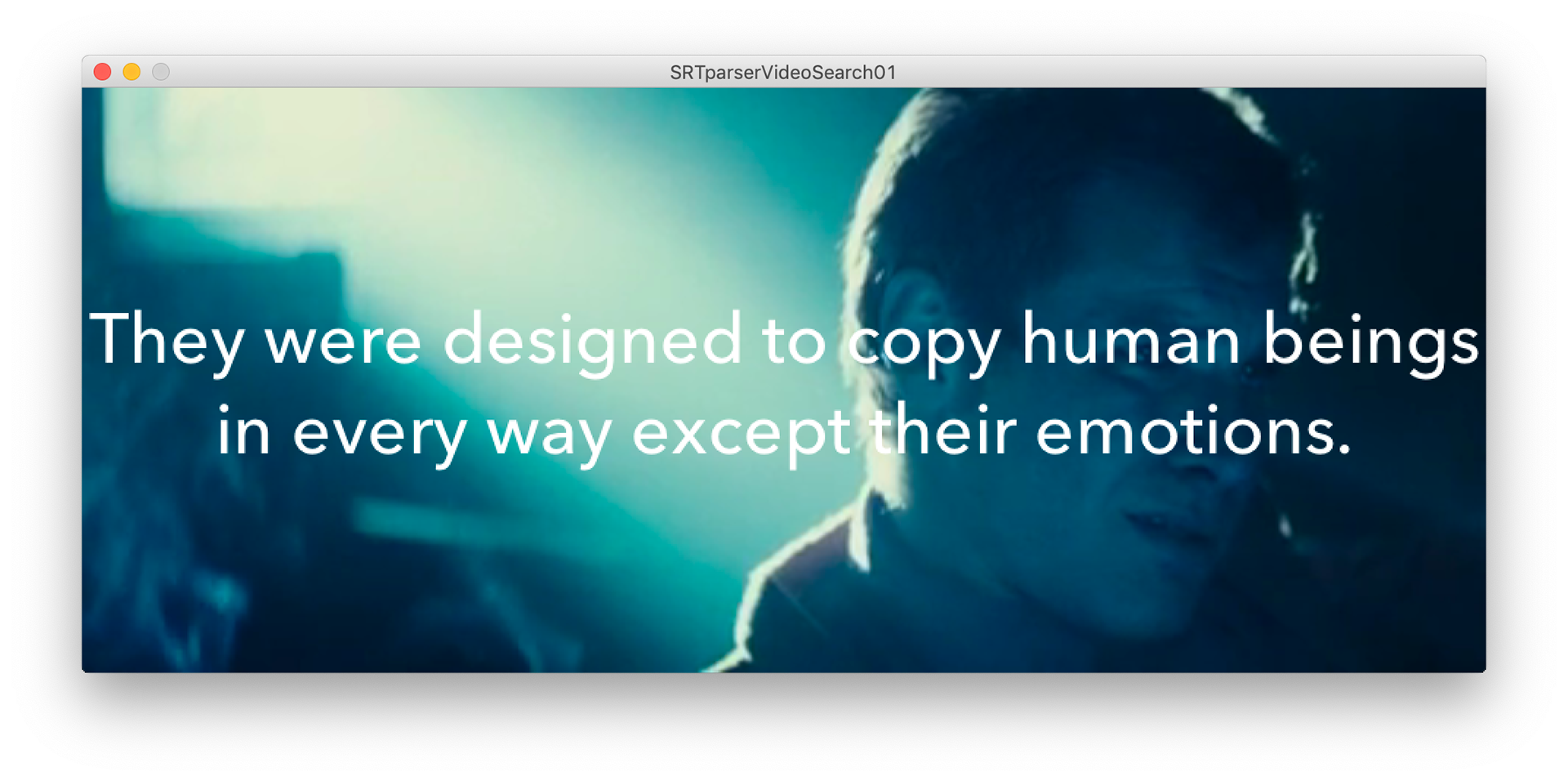
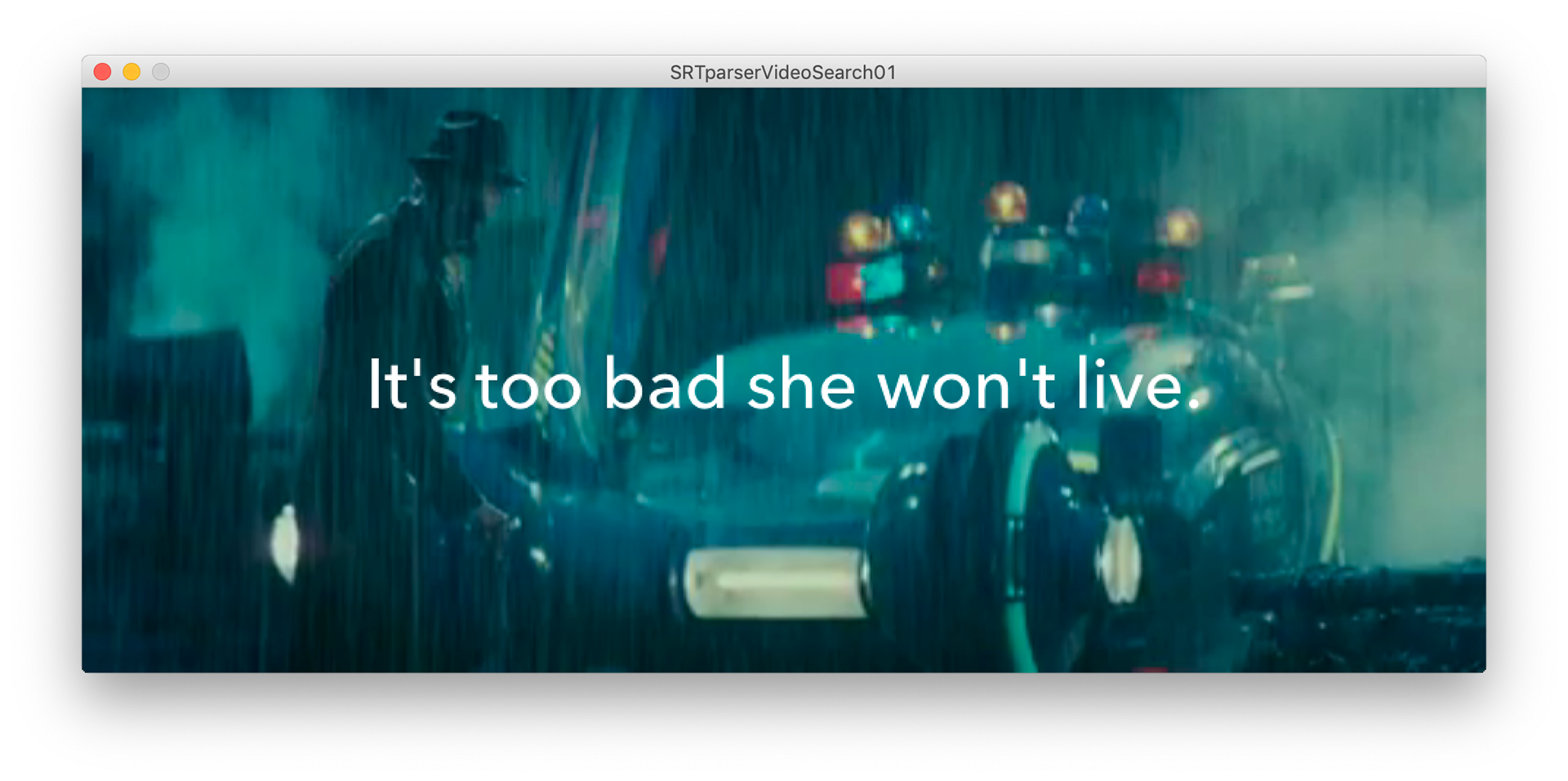
As you can see in the above grid of images. Reading them outwith their intended order creates a completely different narrative from the one we are familiar with. it bends the rules and changes the concepts within the film. Whats interesting is Blade Runner follows a very clear pattern and is linear in its presentation.
Blade Runner - Autoencoded by Terrance Broad is a film produced by training an artificial neural network to ‘watch’ Blade Runner numerous times. Afterwords the film is reconstructed through the memory of the neural network giving this dreamlike version of the film we know. This piece relates nicely to the overall premise and storyline of Blade Runner - the overarching theme being the task of determining what is and isn’t human and the blurred lines between each.
Blade Runner's philosophical streak is strong and what is means to be human is at the forefront. The film conveys the idea that the criteria for deciding who or what is or is not human are bound to fail and that what it means to be human is more obtuse. Being human comes down to a social construct rather than fact.
"What does it mean to be human?"
"What is real?"
"What can I know?"
"What grounds a persons identity?"
"How do we give our lives meaning?"
"Can we trust our memories?"
"What does it mean to be human?"
"What is real?"
"What can I know?"
"What grounds a persons identity?"
"How do we give our lives meaning?"
"Can we trust our memories?"
Blade Runner consider's life cycles strongly and has religious symbolism throughout when referring to creation and creators. A life cycle that is in fact inevitable and will always end the same way.
I ran words that represented a life cycle and the process from birth to death.
The results were interesting and created this never ending loop of a life.
"begin","create","maker","life","alive","memories","human","mother","father","death","die","finished"
Considering exploring other films with similar narratives I was reminded of a recent watch of min. Orson Welles' The Trial (1962). The original text by Franz Kafka is a favourite of mine and its very rich in context and symbolism.
The protagonist in Kafka’s The Trial, a man named Josef K. (Anthony Perkins), is arrested on the morning of his birthday in his own room at a lodging house in which he stays. It is unclear to him why he has been arrested and when he asks one of the unidentified agents it also appears as though he knows not why either. He ends up being sucked into a world of courtrooms and laws where he must go through a process as you would any other trial. However K. never receives a trial or a fair judgement or a jury. He is cast into an unfair system where he is set up to loose although it does not occur to him immediately that this is his fate, when two men show up at his door exactly a year after he was arrested he is taken to a quarry outside of town. K.’s execution is a surprise to the reader as it seems to be out of the blue and completely unjustified.
The abuse of power throughout the novel is a main focus as the court don’t think they have to justify their actions. Also the question of K.’s crime arises again. It does not become apparent to us as to why he should face such horrible punishment as throughout the novel he seems to have not done much wrong apart from showing arrogance towards others. There is a suggestion that his final act against the court and their laws (refusing to kill himself) is the reason to why he is executed. It could be the court was punishing him for not following their rules. Power and control is what the court strive to achieve and by denying K the knowledge to his case they have a hold over him. It is clear that there is total Governmental control over K.’s trial and everywhere in and amongst society.
K. does not receive, in any way, a fair trial. He has been accused of a crime that he is denied knowledge of. Throughout his trial the court force him through without a fair representation or even a trial. The people who he meets in the court do not care for his wellbeing and all seem to have hidden agendas. K. is later killed without ever learning of the true reason he was arrested and he never learns how he could have fled the courts grasp. Could K. even escape the court? The court is unjust and corruption clearly is intertwined throughout its structure.

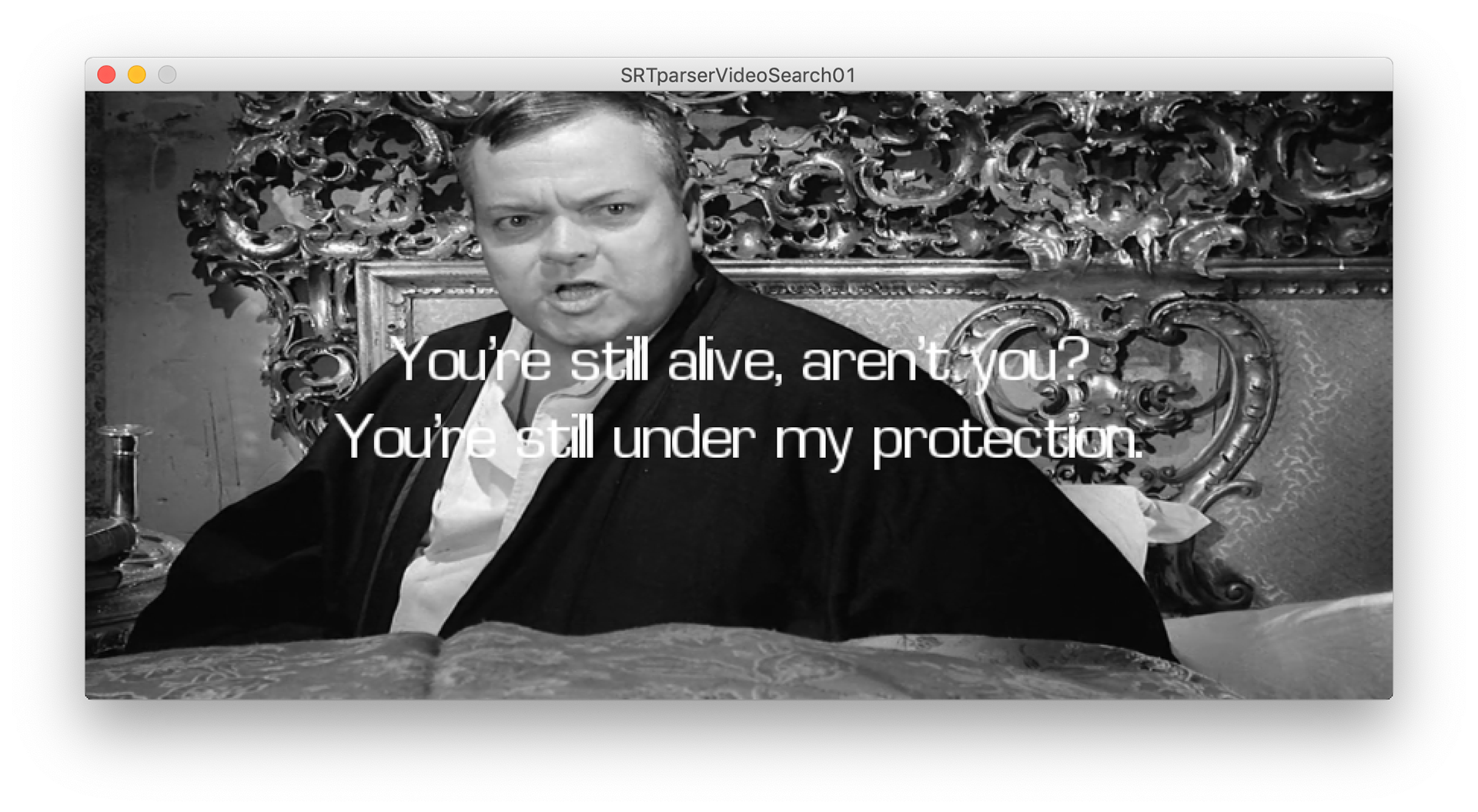


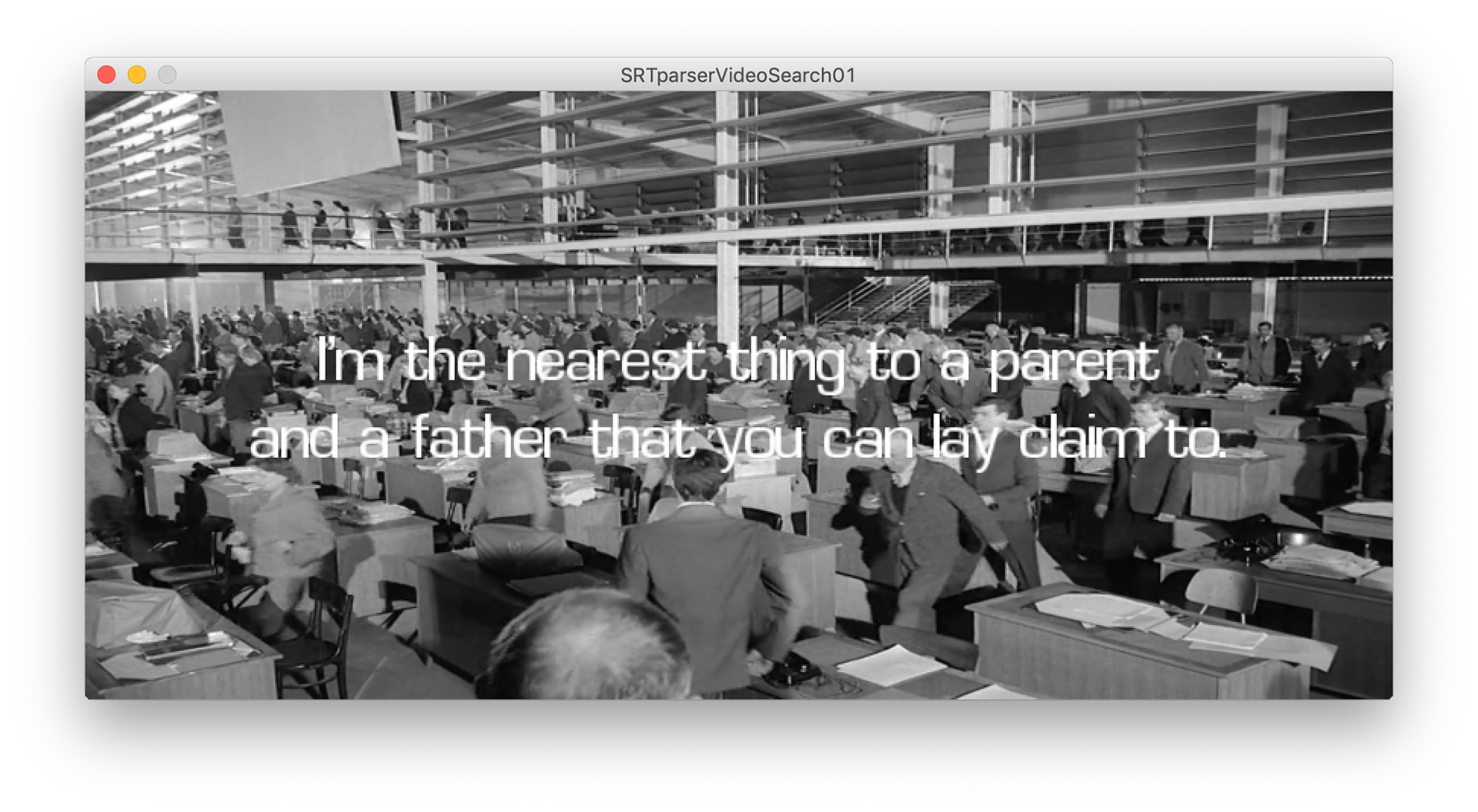


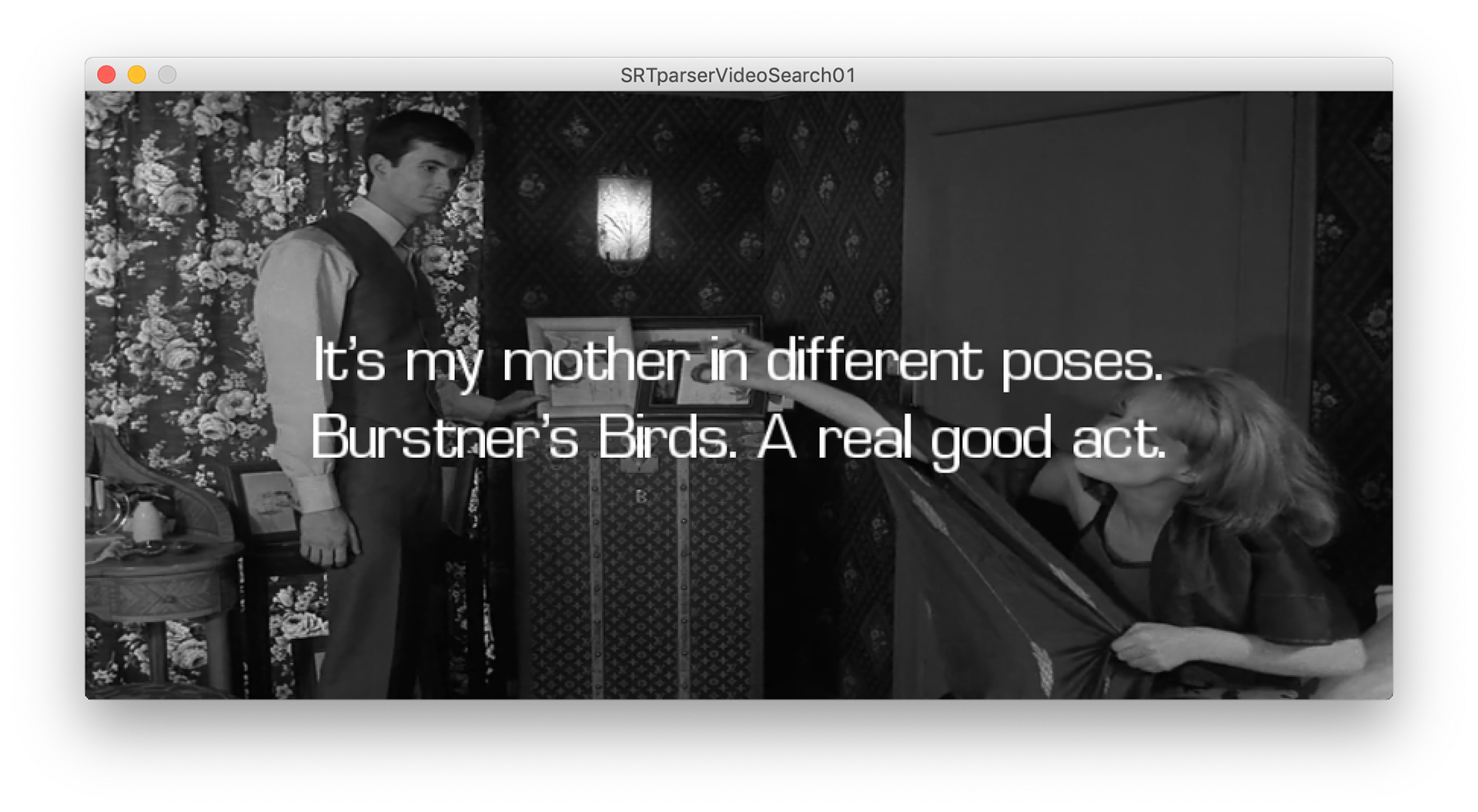
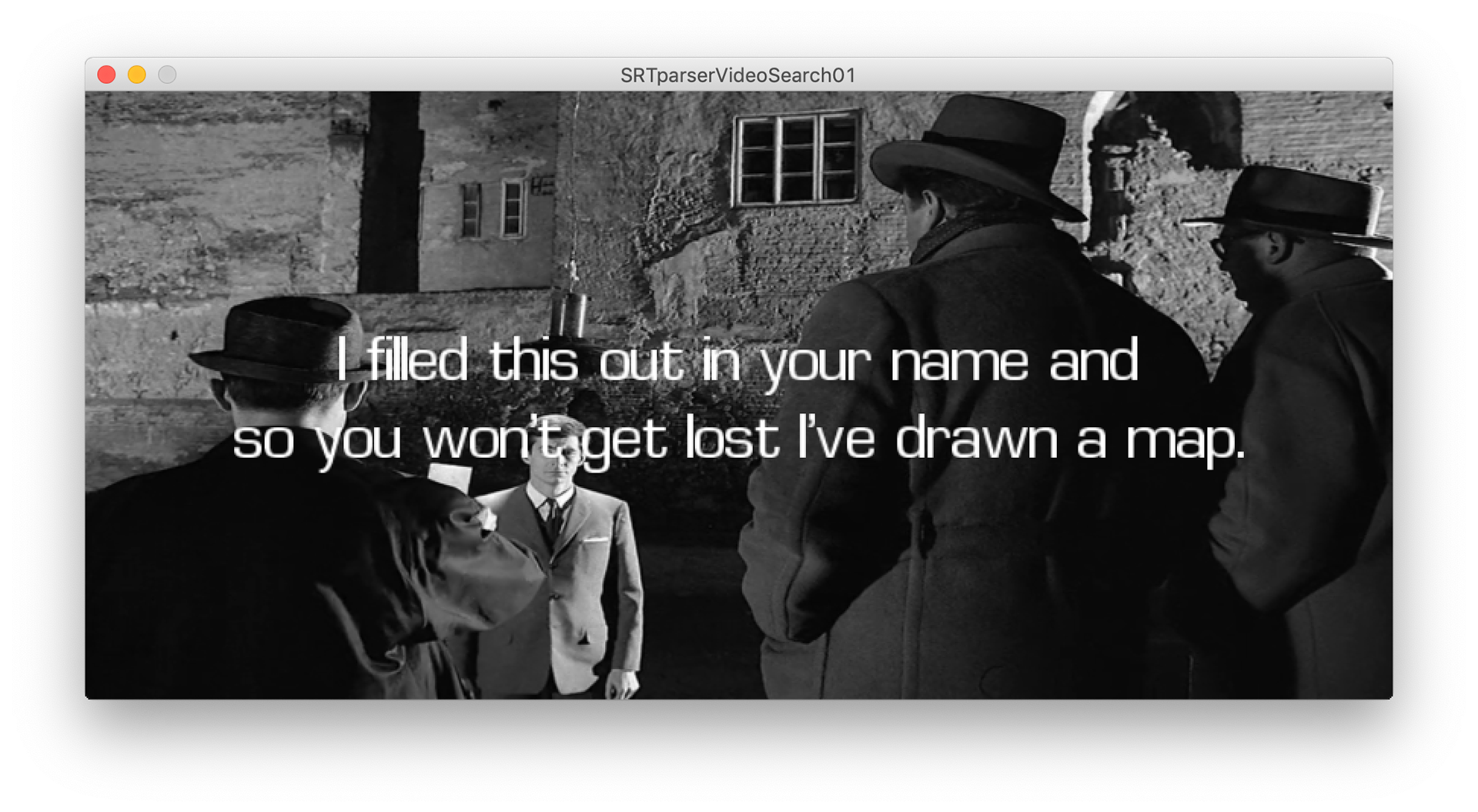


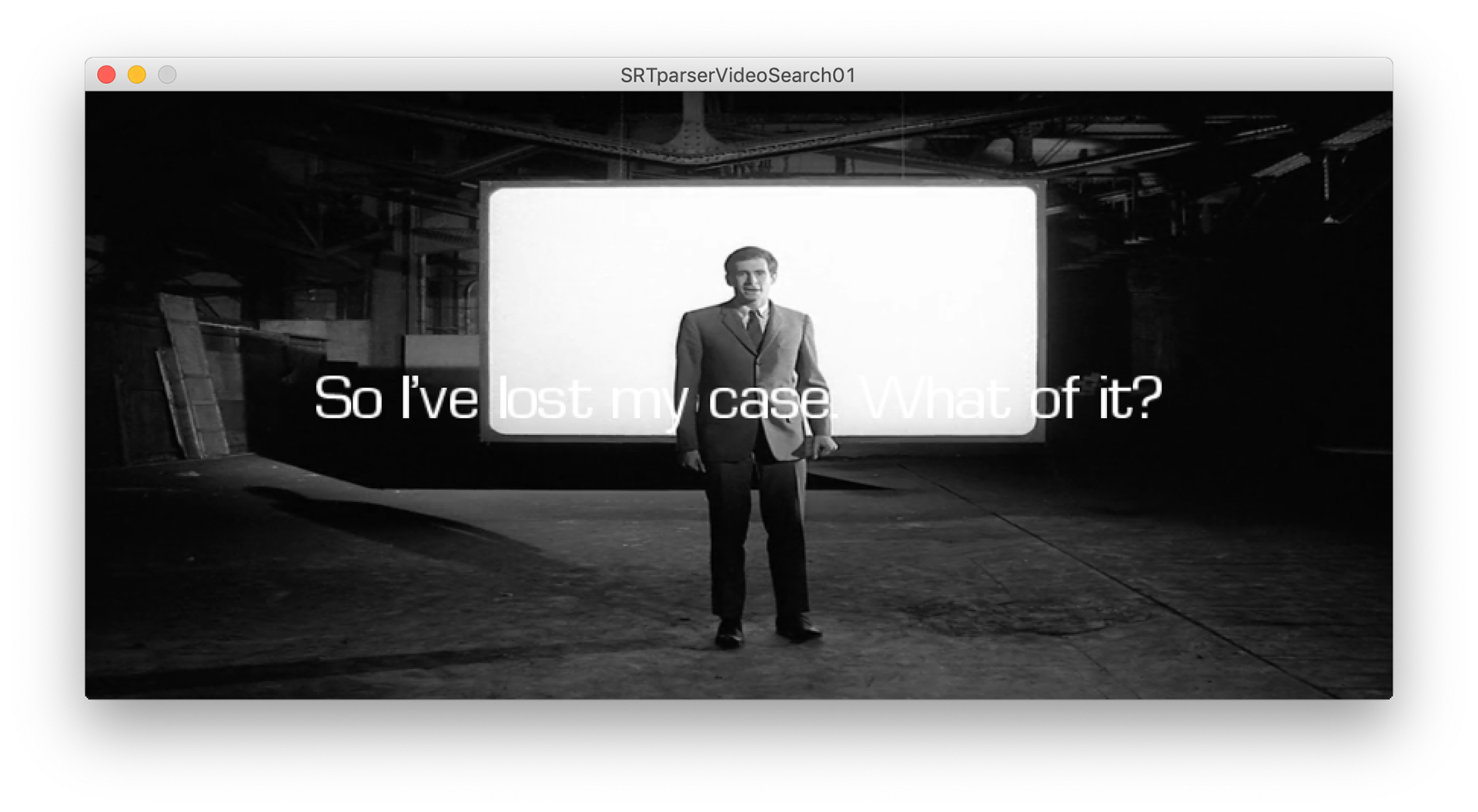
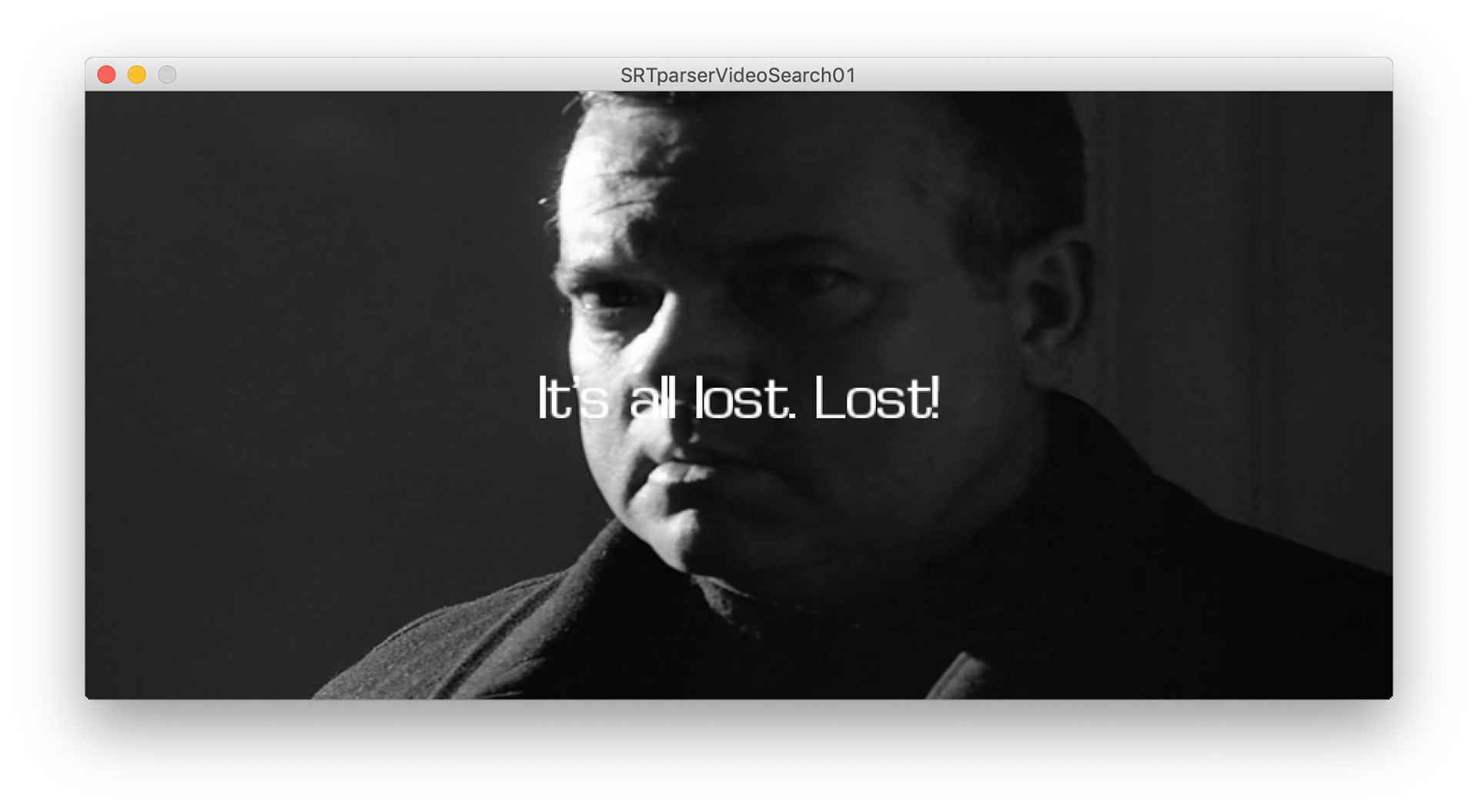

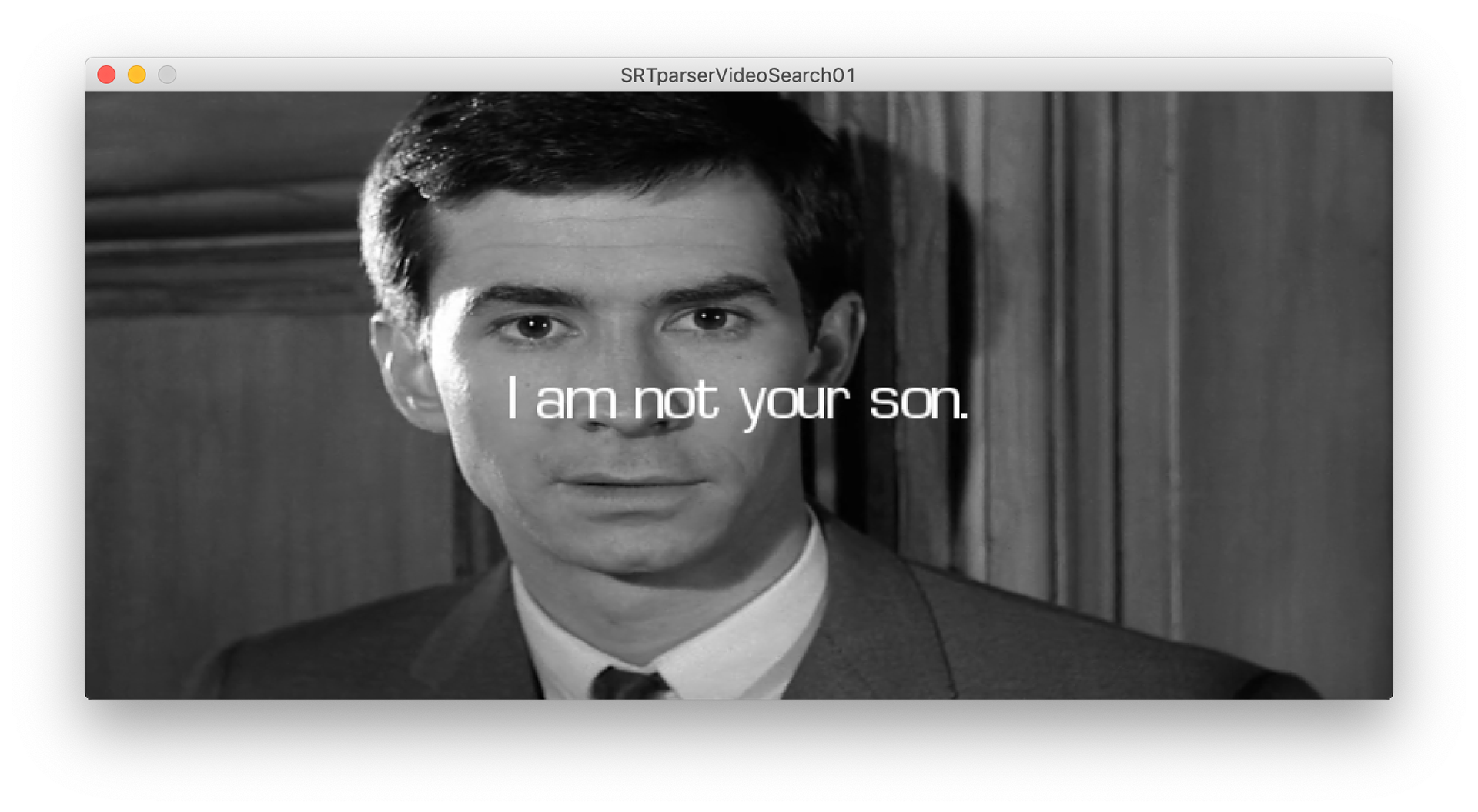
If we compare these themes with Blade Runner we see many similarities. Systematising the protagonist play key elements in both these narratives and both our leads and those around them seem to be on paths that cannot be influenced or changed.
Blade Runner's protagonist Rick Deckard (Harrison Ford) seems to have independence in the beginning of the film. We understand he's an ex-blade runner, those sent to retire replicants. When he's called back for another job we begin to realise he never really had a choice and by the end of the film we are confronted with the idea that Deckard had never made his own choices.
Both our protagonists are confronted with an arrest at the beginning of both films driving home how close these parallels go. Although their attitudes are noticeably different towards the figure of law.
The Trial
Blade Runner
A vital difference in both films is the ending. When both our protagonists have been through the system their ends are very different. Deckard is spared where Josef K. is not.
The Trial, which deals with K’s ill fortune and the events of a process he must travel through, has become so iconic due to the fact that it is believable. However farfetched and absurd the story line may seem, we can relate to Josef’s fear in such a situation and connect its vast ideas to our own society. We are all constantly being monitored on the internet and by surveillance for example. K. is being watched very closely by the court just like the people are being watched by their government. Many readers may relate the book to the Soviet Union’s Government due to their harsh punishment towards those who disobeyed. Though it can also be closely related to today’s government system and their need to have control and power over the people.
Above I stages my processing sketch working on two monitors. The idea of these films having a conversation with one another interested me and fit with the themes of each film. This idea of a nonlinear structure that seems to communicate.





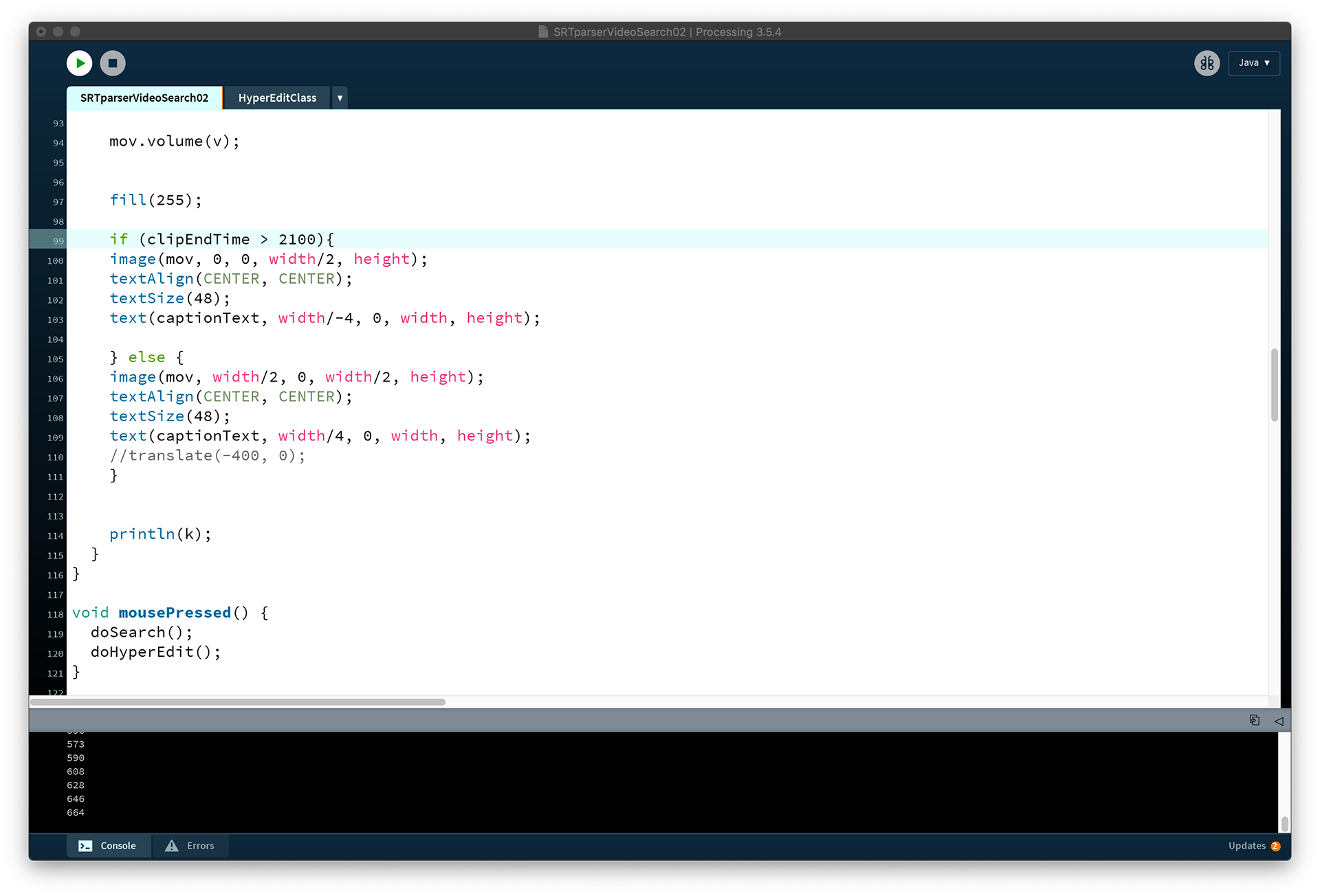
I went through the motions of getting this sketch to work and formatting it in a way I thought was interesting. It's a small hack and a magic number that dictates what side of the screen the clip plays on to create a more organic flow of dialogue rather than a constant back and forth.
Here is an example of the sketch working on two monitors below. Apologies for the sound.
I was really enjoying the work I was producing with this srt parser and to deal with a film already so deep in meaning the results were varying. Some were humorous and absurd and others made these strange connections that were laced with meaning all of their own.
Last weekend I watched Blade Runner 2049 with my dad and I don't know how I missed it's connection with Kafka's the trial before now.
A brief summary of the film for the benefit of anyone who has not yet seen it.
https://grindhousetheology.com/2018/02/02/what-makes-a-person-reflections-on-kafkas-the-trial-and-blade-runner-2049/
"The very notion of will presumes that there is such thing as a ‘self’ – an ‘I’ that might will things independently of coercive processes that determine the trajectory of the ‘conscious’ ‘creature’. Our every thought and inkling is determined wholly apart from ourselves by some process whereby biology and circumstance converge to usher us along to futures prewritten by the nonconscious universe. There are no selves, we are told, because there can’t be."
Ryan goes onto explain how no one actually believes this and that we ignore the voices of "western pop-science" that tell us so. We concede that within the natural order there is little room for supernatural and we are so self contained its foolish to consider otherwise.
"Speaking of ‘metaphysical’ questions: Who shouldn’t we kill? Also: Why?"
We choose not to kill due to basic human decency. But what exactly is basic human decency and what does it consist of? It contains a pattern of honesty and being respectful of other humans. We shouldn't put anyone in danger.
Blade Runner 2049 opens with grub worms. We quickly learn they are manufactured on a farm, where a protein farmer is our protagonists (a blade runner named K.) first target.
During the altercation between the two K is told “New models are happy scraping the shit,” and “because you’ve never seen a miracle.”. It's important to note that K is manufactured too. To be a blade runner now you must be a replicant yourself. He is property which will not rebel against authority.
As the story progresses K does come across a miracle. The remains of a replicant who was pregnant - which he says is "impossible". This leads K being convinced by his hologram wife that he is "special". That he was born not manufactured.
Therefore she calls him Joe.
"I always told you, you’re special. Born, not made. Hidden with care. A real boy, now. A real boy needs a real name. Joe. Joe? You’re too important for K. Your mother would have named you. Joe."
Apologies for spoilers ahead but it's important with its comparison to The Trial.
K is not the miracle baby. The one who is is hidden from harm crafting memories for replicants. K was implanted with these memories by design which lead him to believing he was the "miracle baby". It turns out K was a pawn, the real miracle baby - Ana - crafted his memories as her own in hopes that he would piece together these moments and bring her father to her.
So Joe (K) (2049) is exactly like Josef K (The Trial). Its unsurprising as many other works by Denis Villeneuve have been Kafkaesque.
Josef K a man accused of a capital offence when he has committed no such crime is thrown into a system where he makes many ill-fated attempts to clear his name. He is denied knowledge of his charge, denied access to his trial. By the end it is clear that his fate was already set in stone. Orchestrated by the powers that be.
Whilst reflecting on these films and the theme of of 'self' I began to reflect more upon my understanding of such things as a voyeur. It's normal and unoriginal and an experience so widely known. Yet the comparisons of opinions and outlooks differ greatly.
All these films in question relate closely to the idea of time and time running out. In particular the famous 'Tears in Rain' monologue. "All these moments will be lost in time". The idea that these films are a depiction of a lifetime and how we view these lifetimes in a linear structure. But what happens when we take the sequences and jumble them together in a nonsensical format. What happens when the film never ends it just keeps looping and we keep reliving it. What is there to found in that reflection?